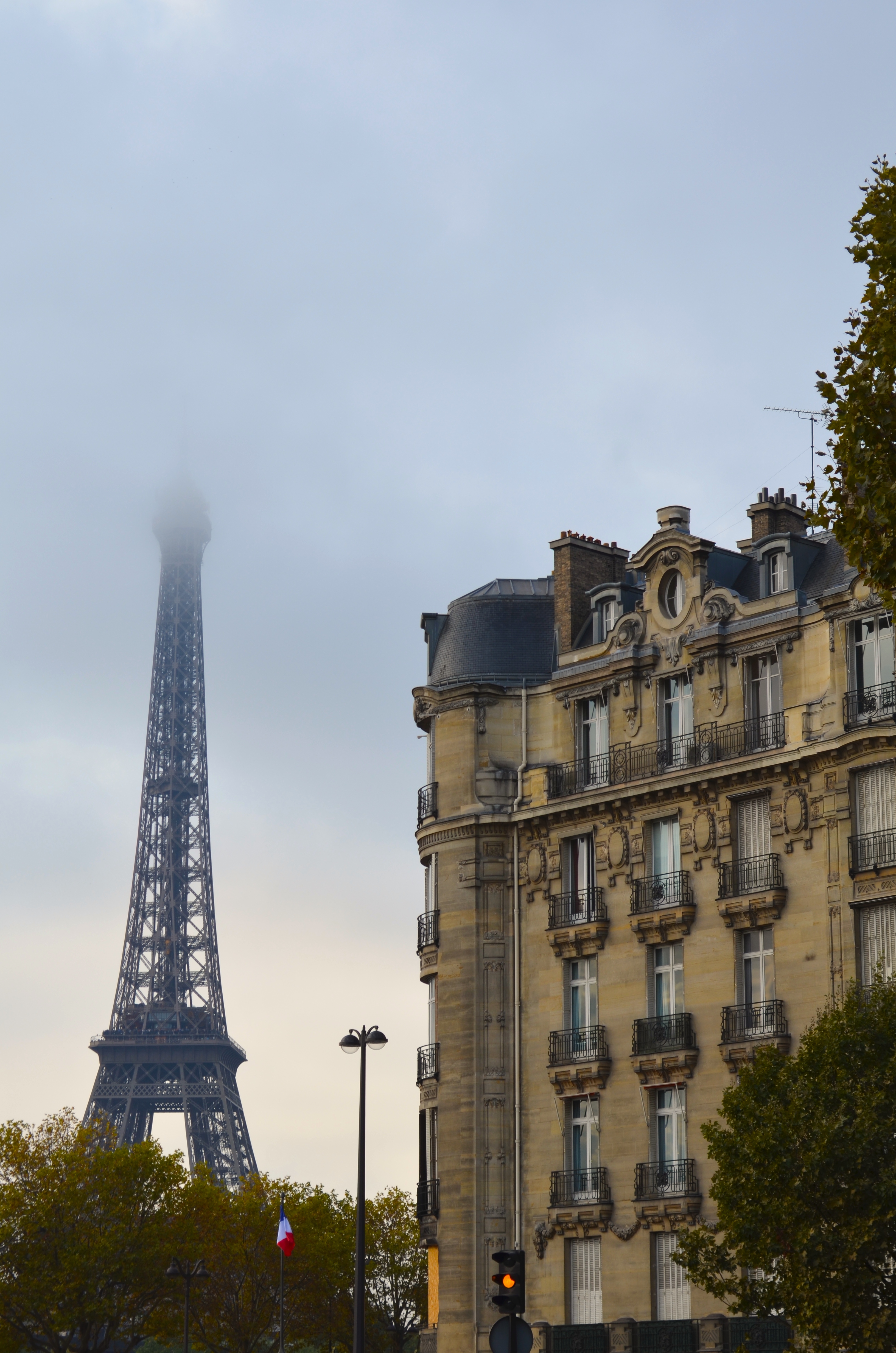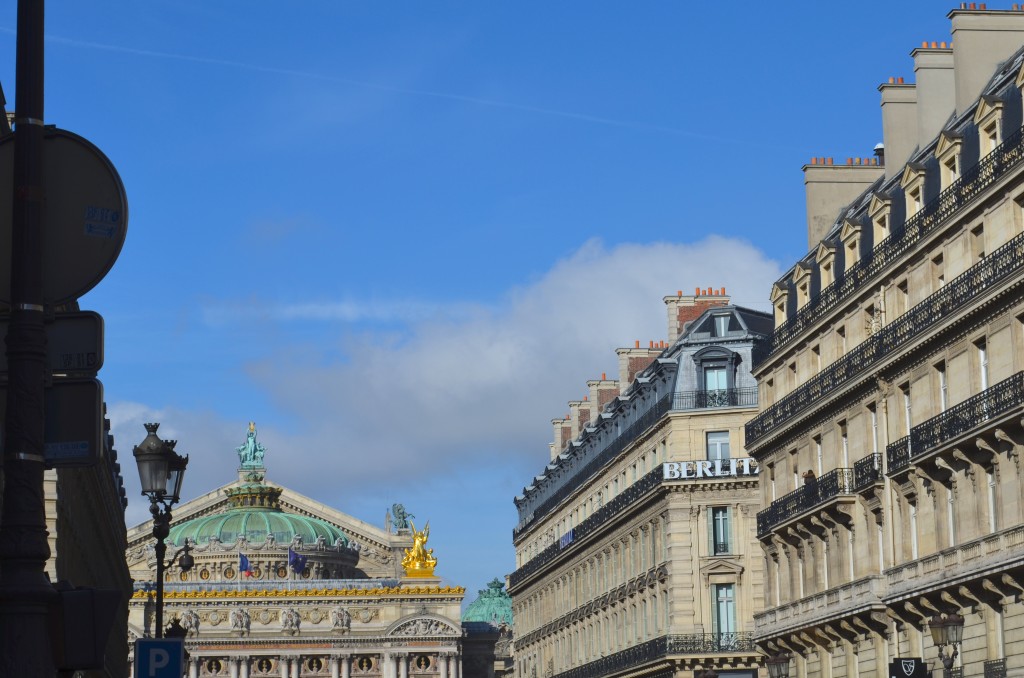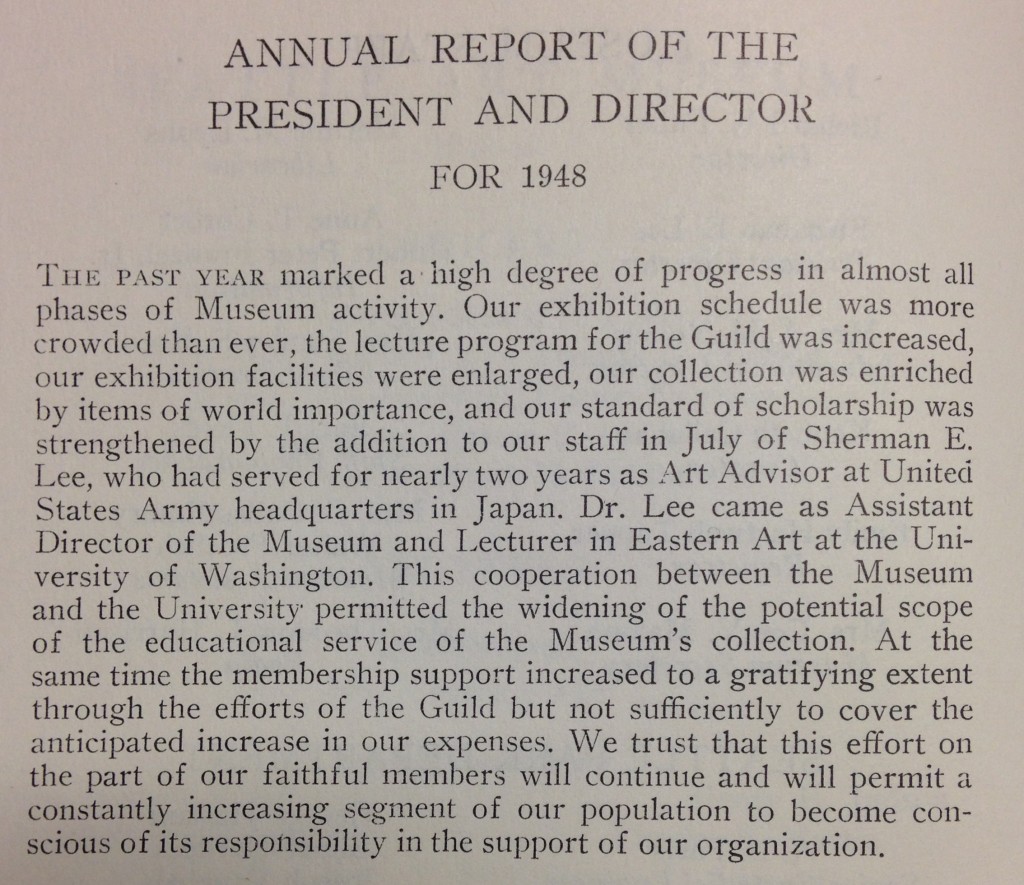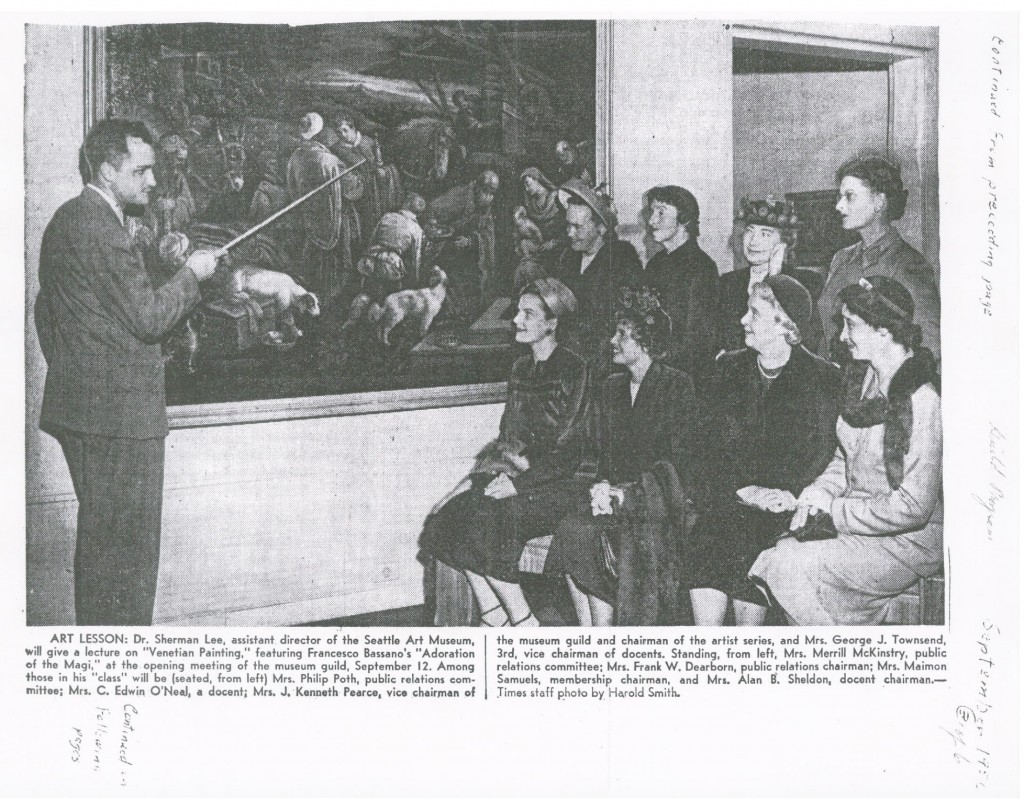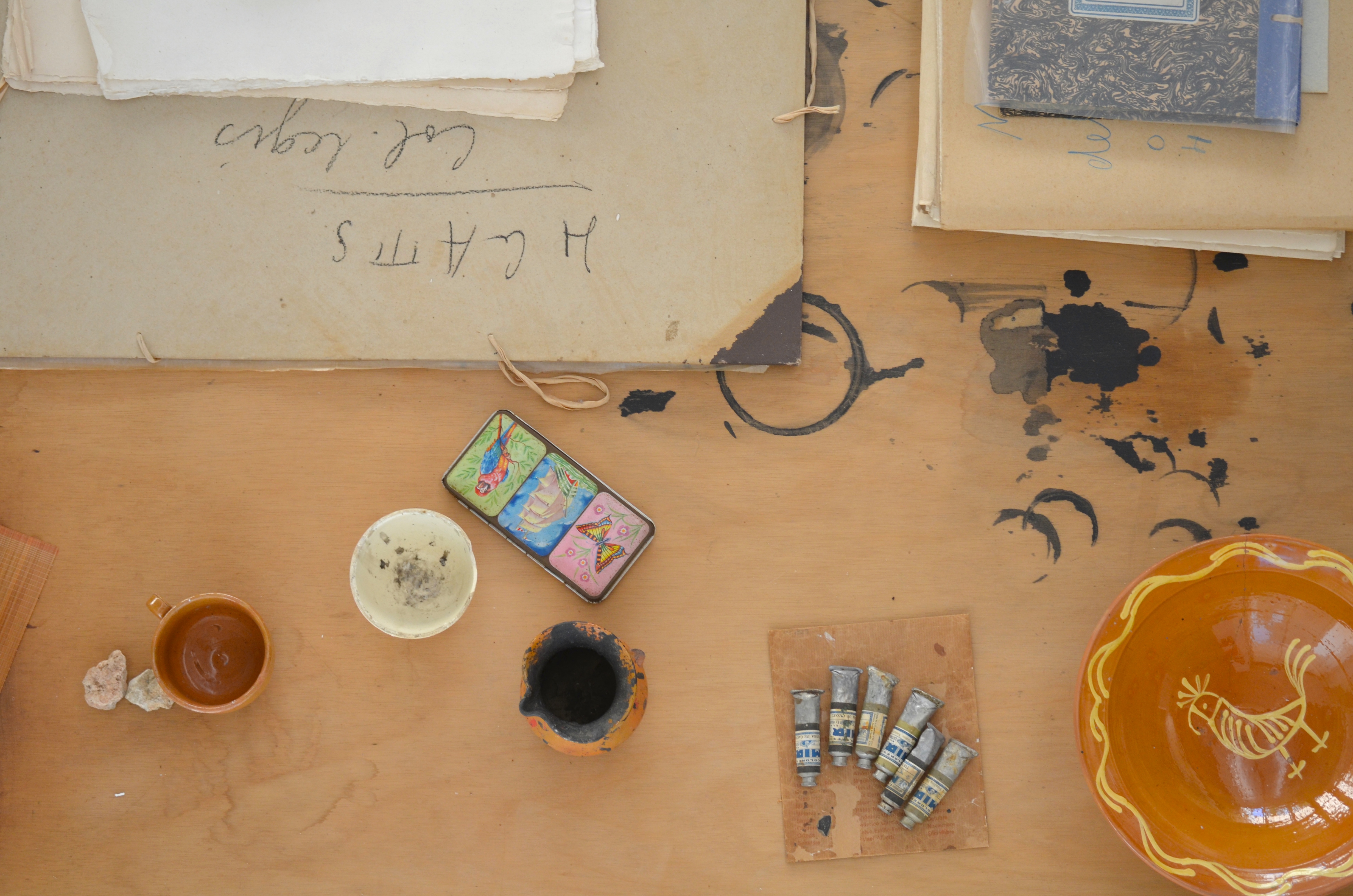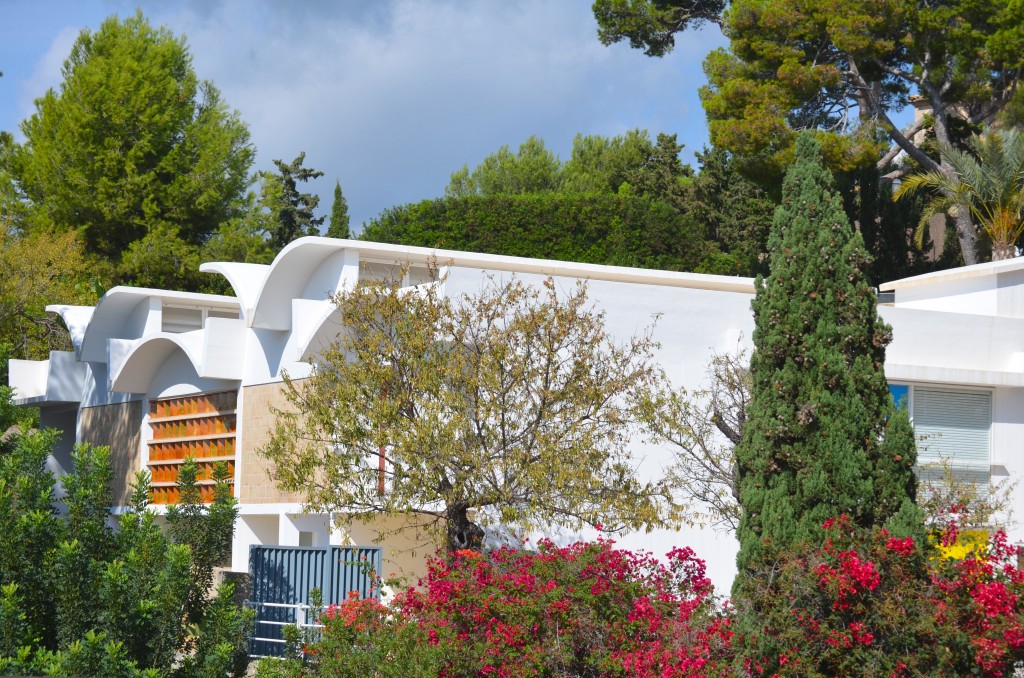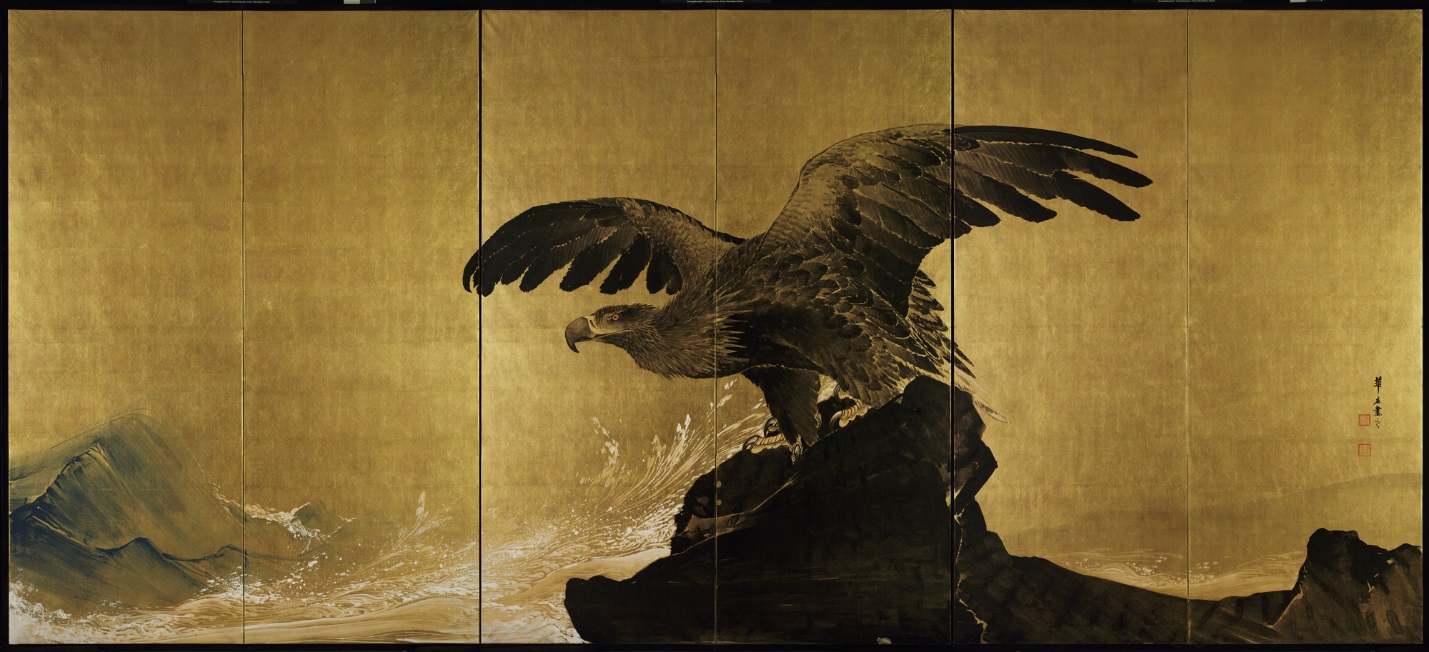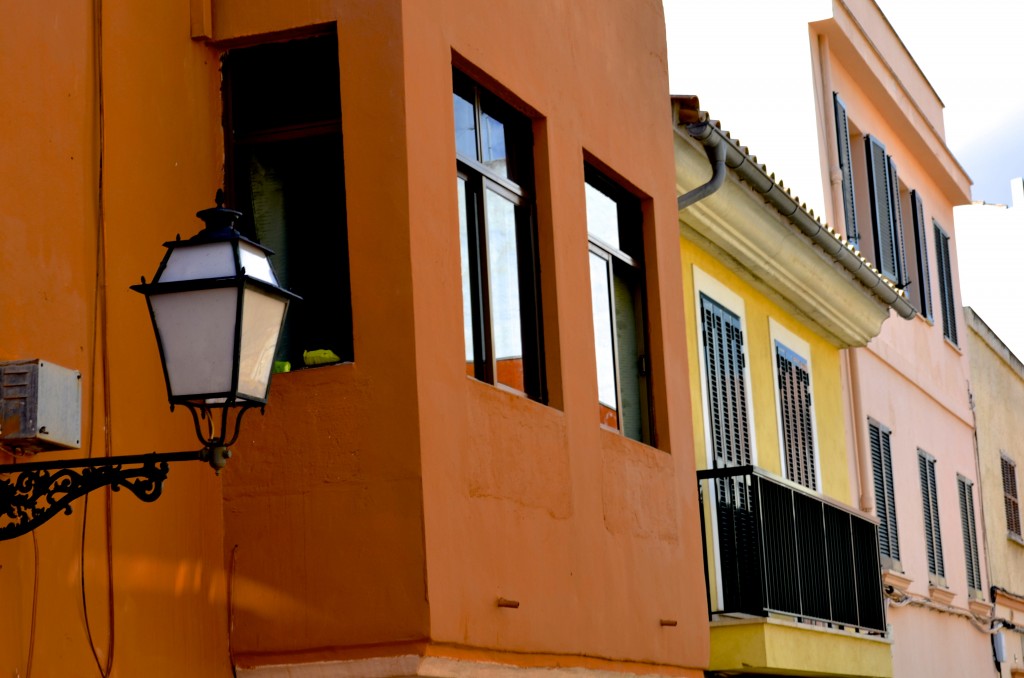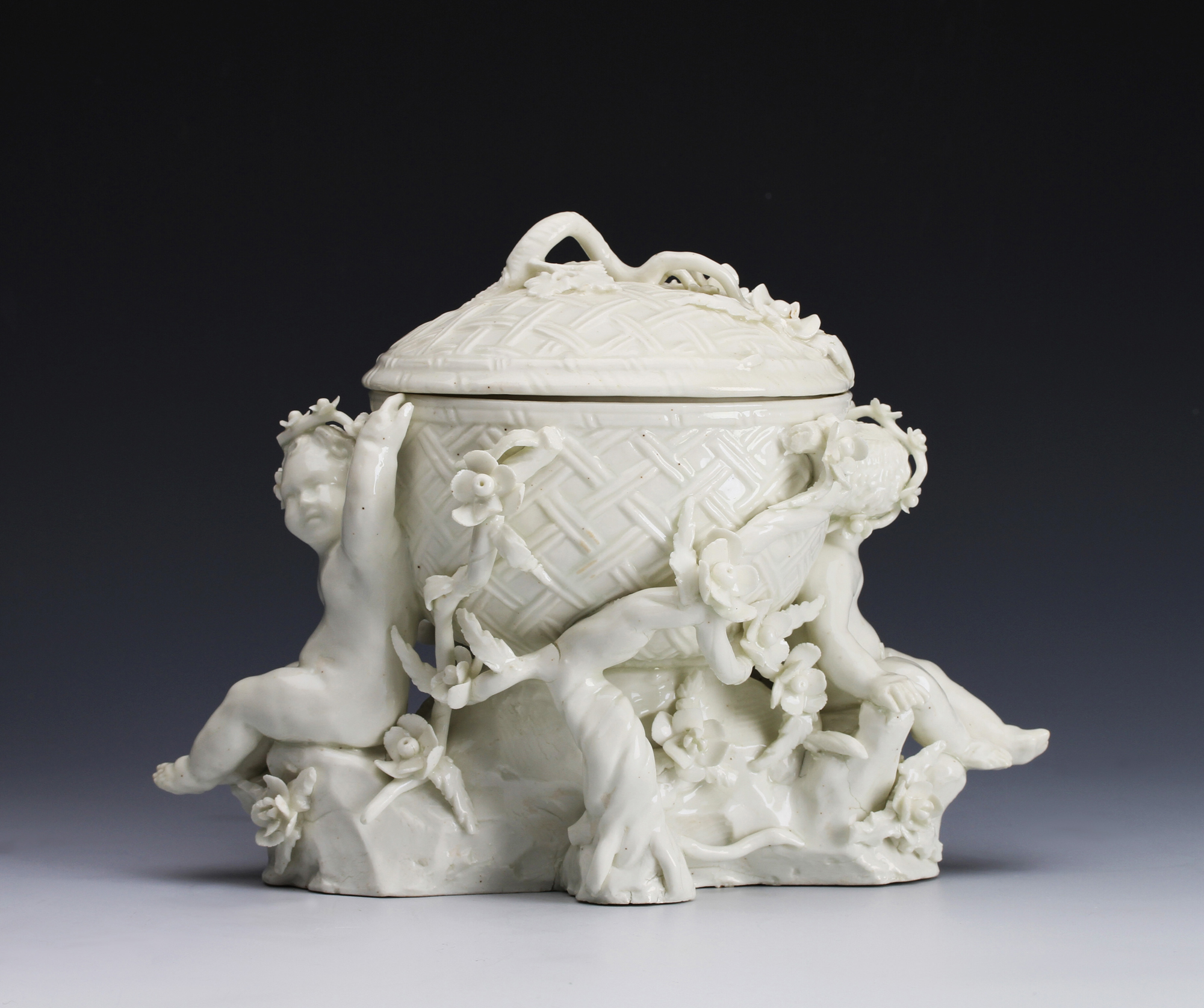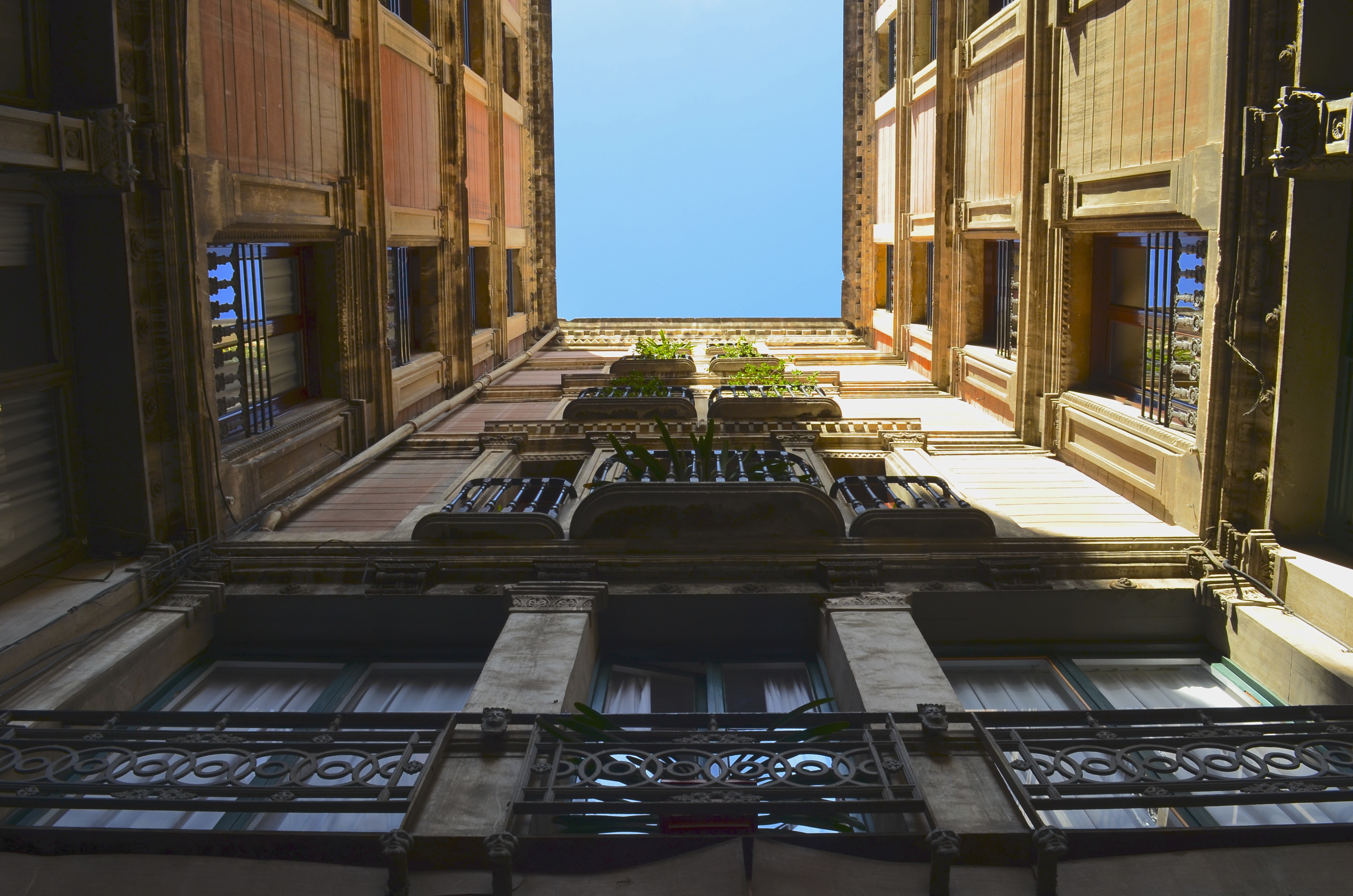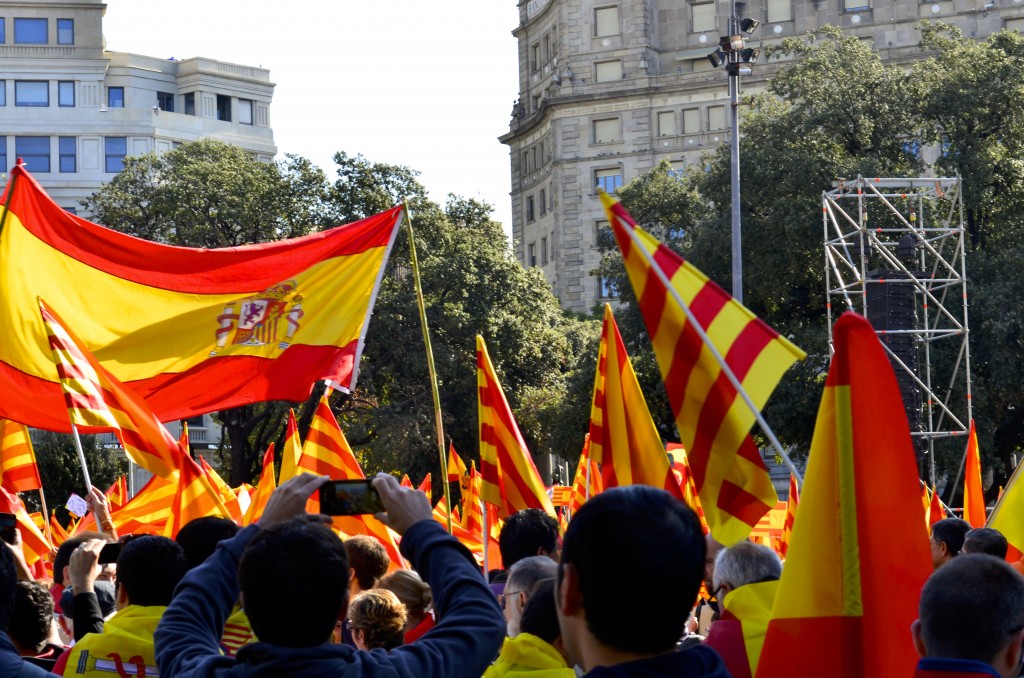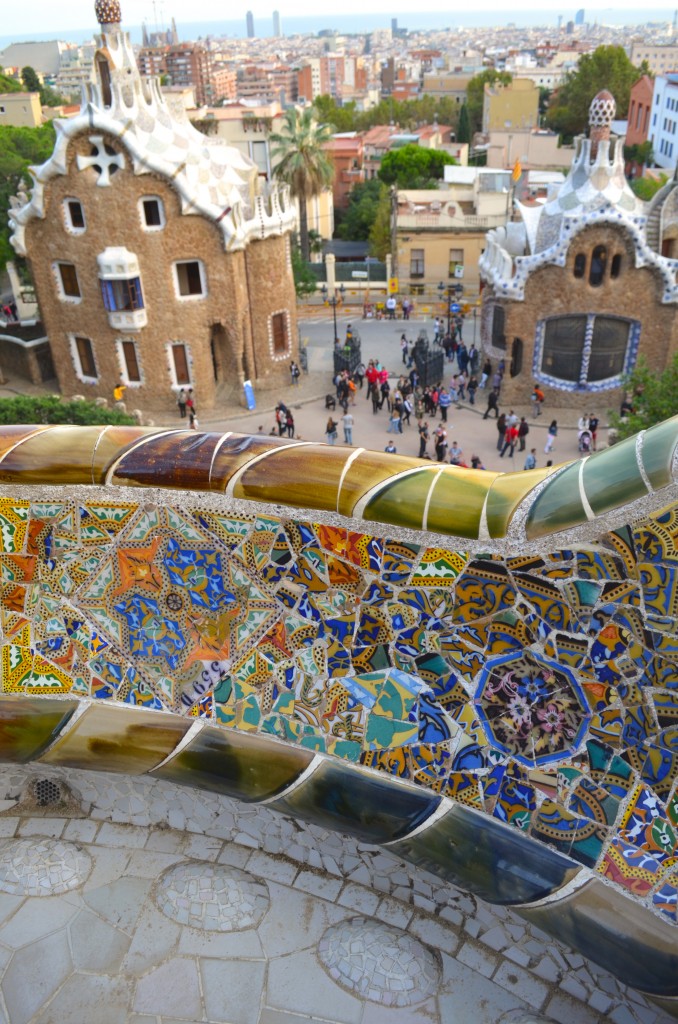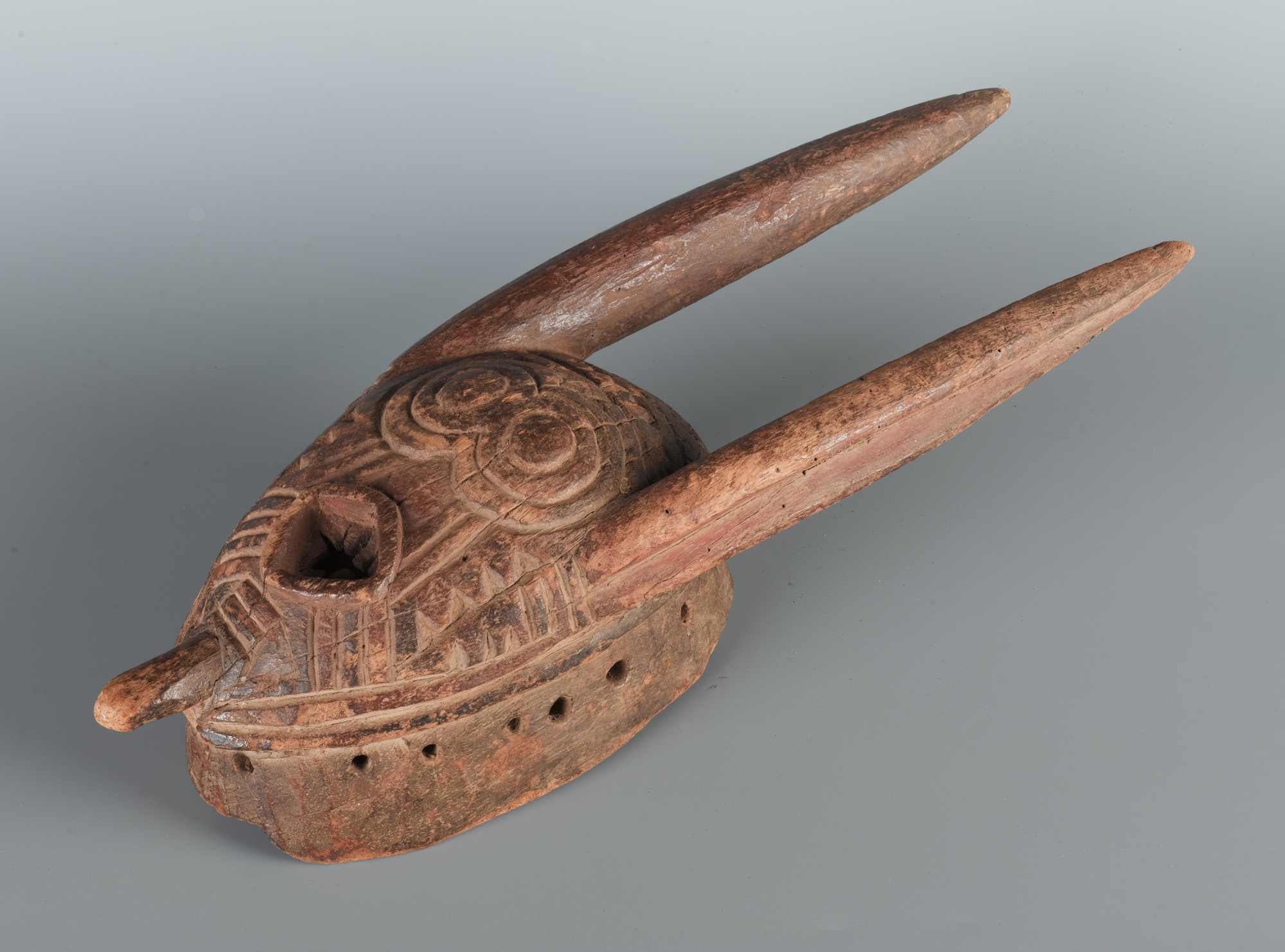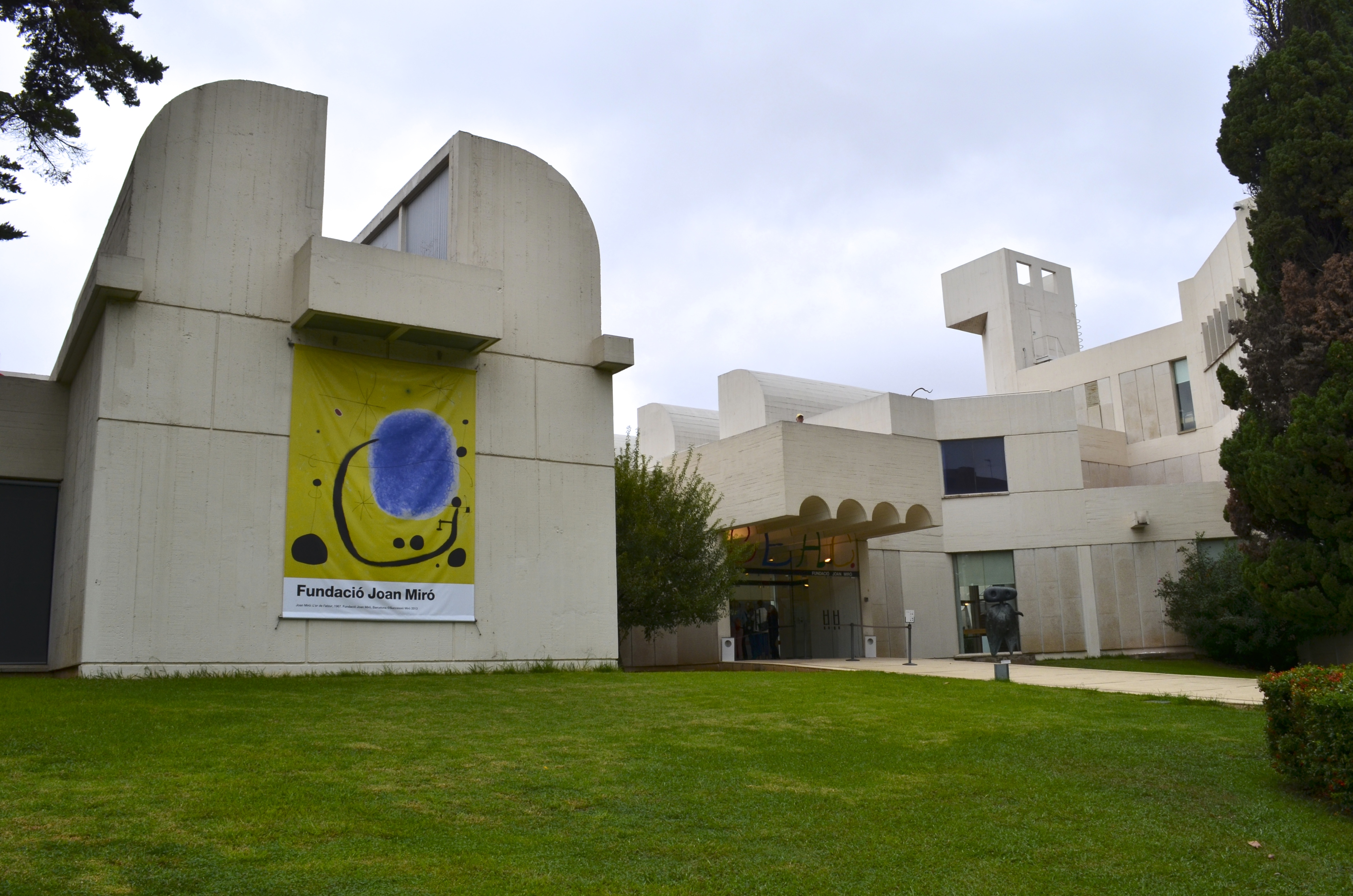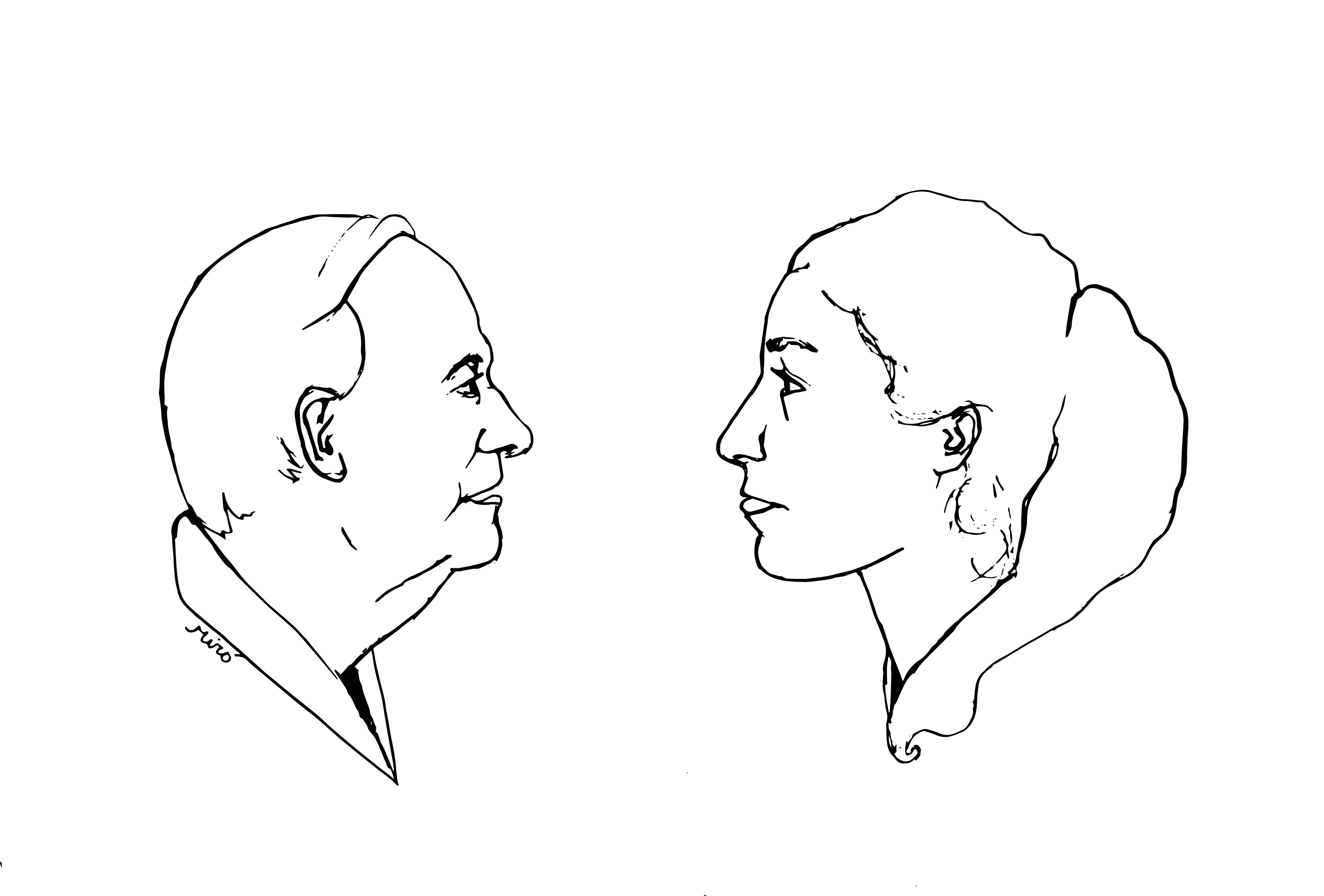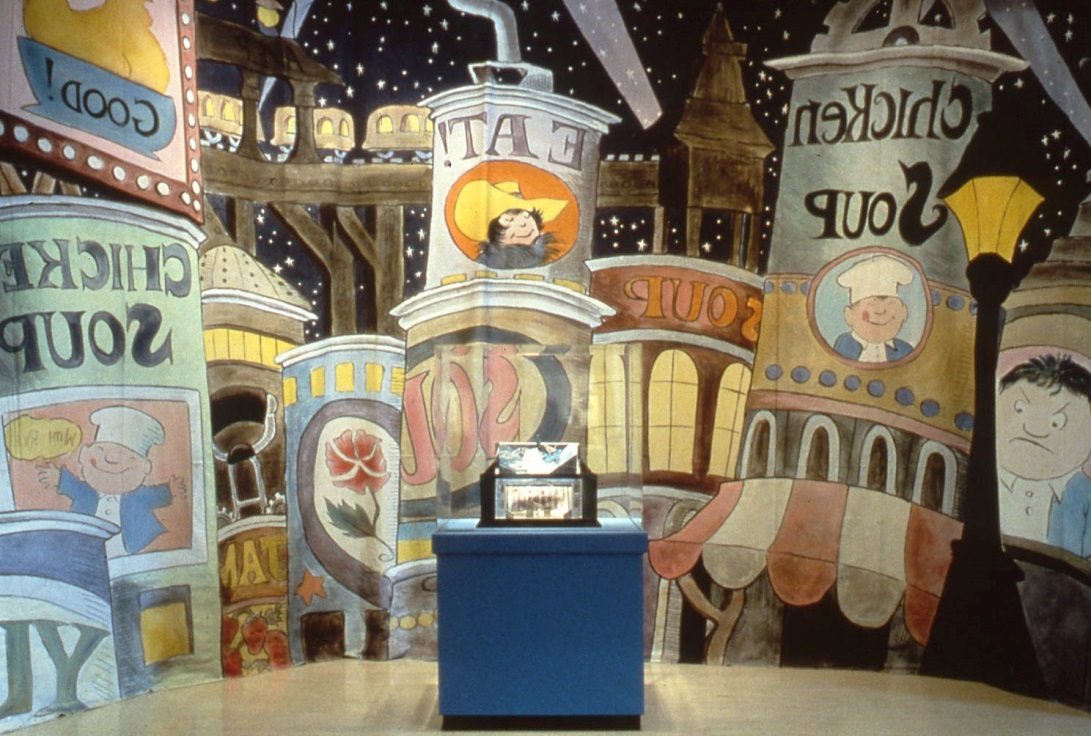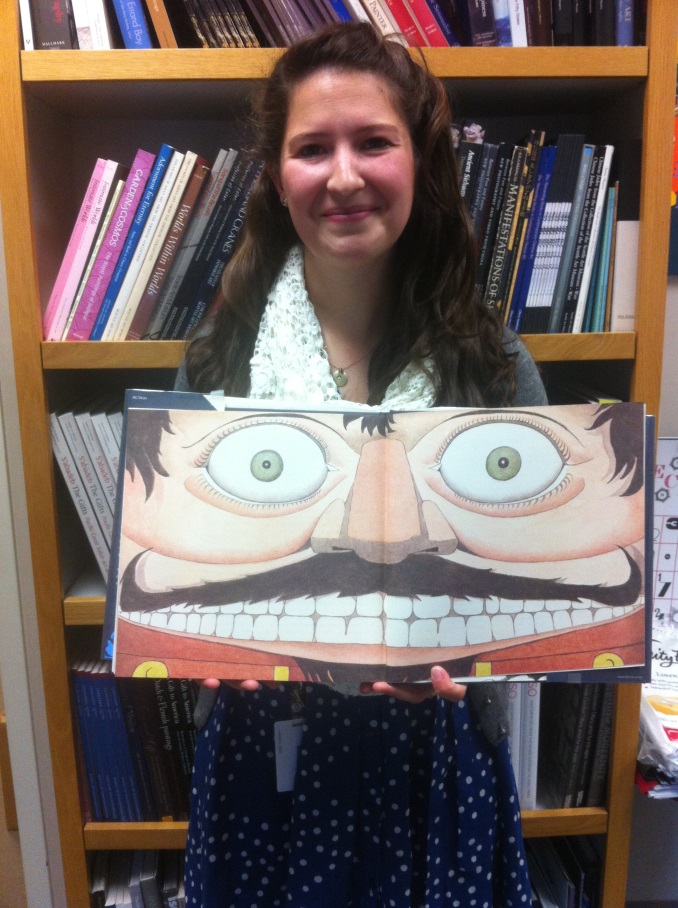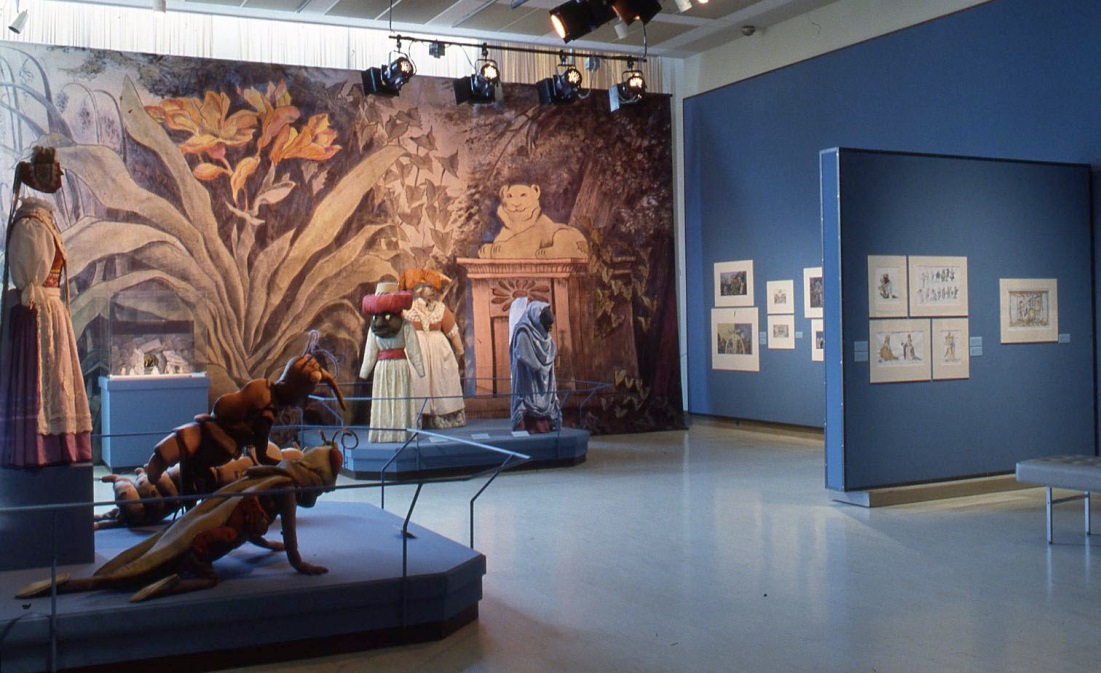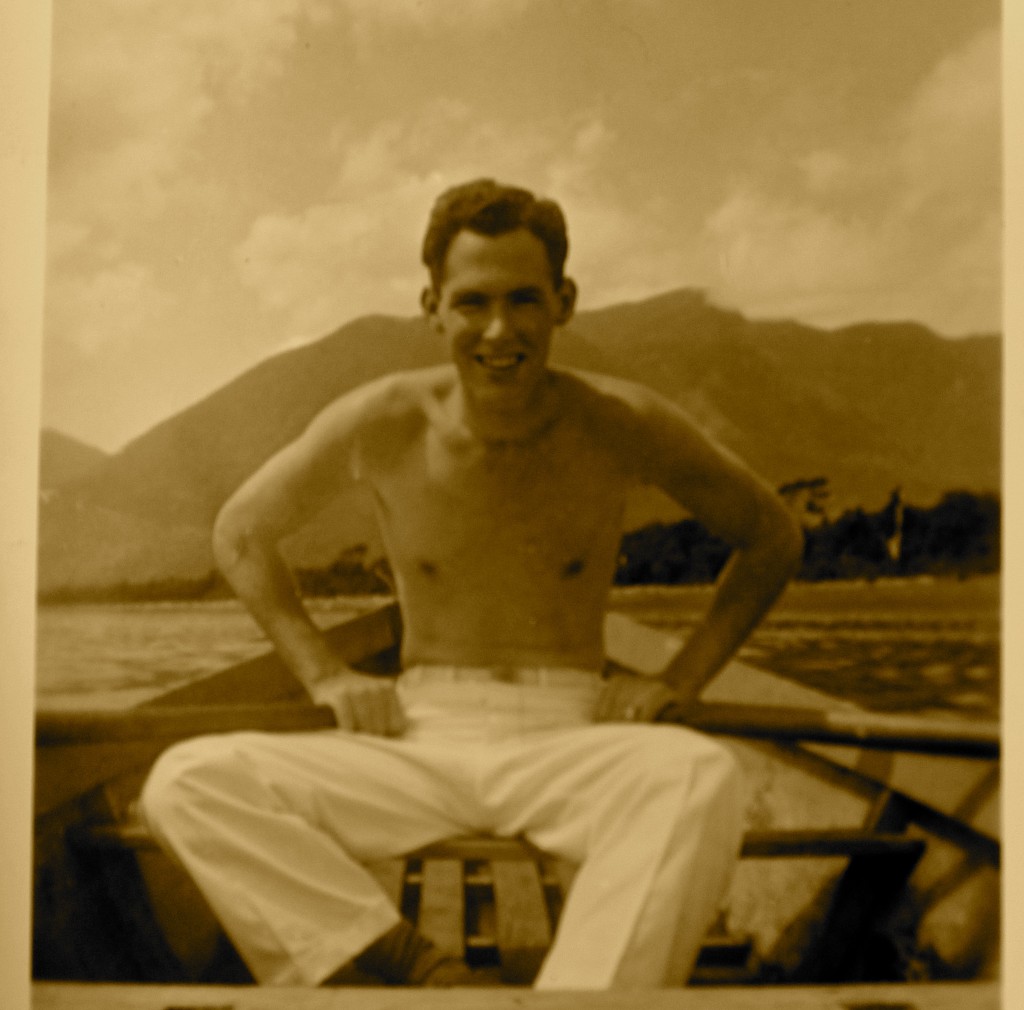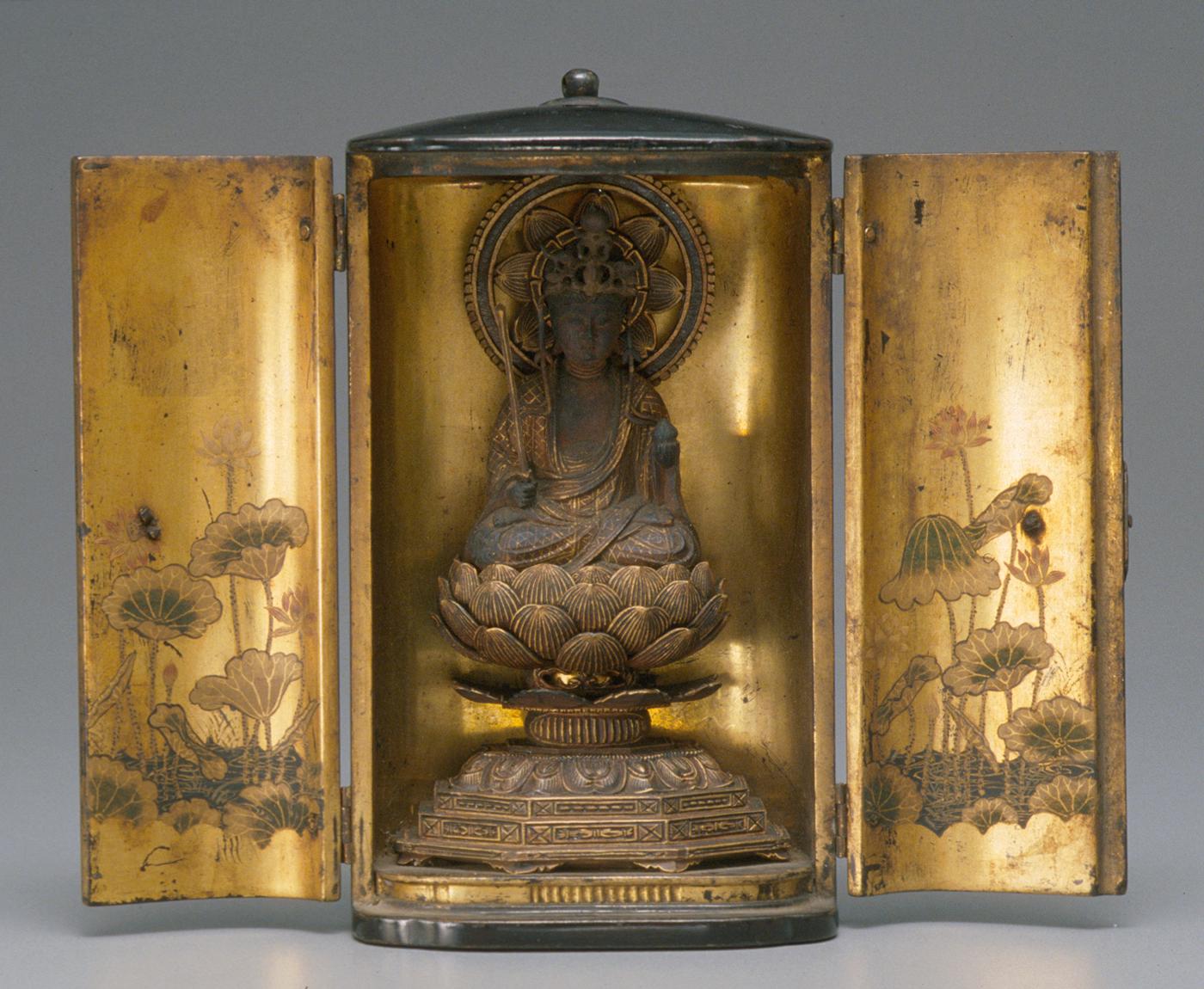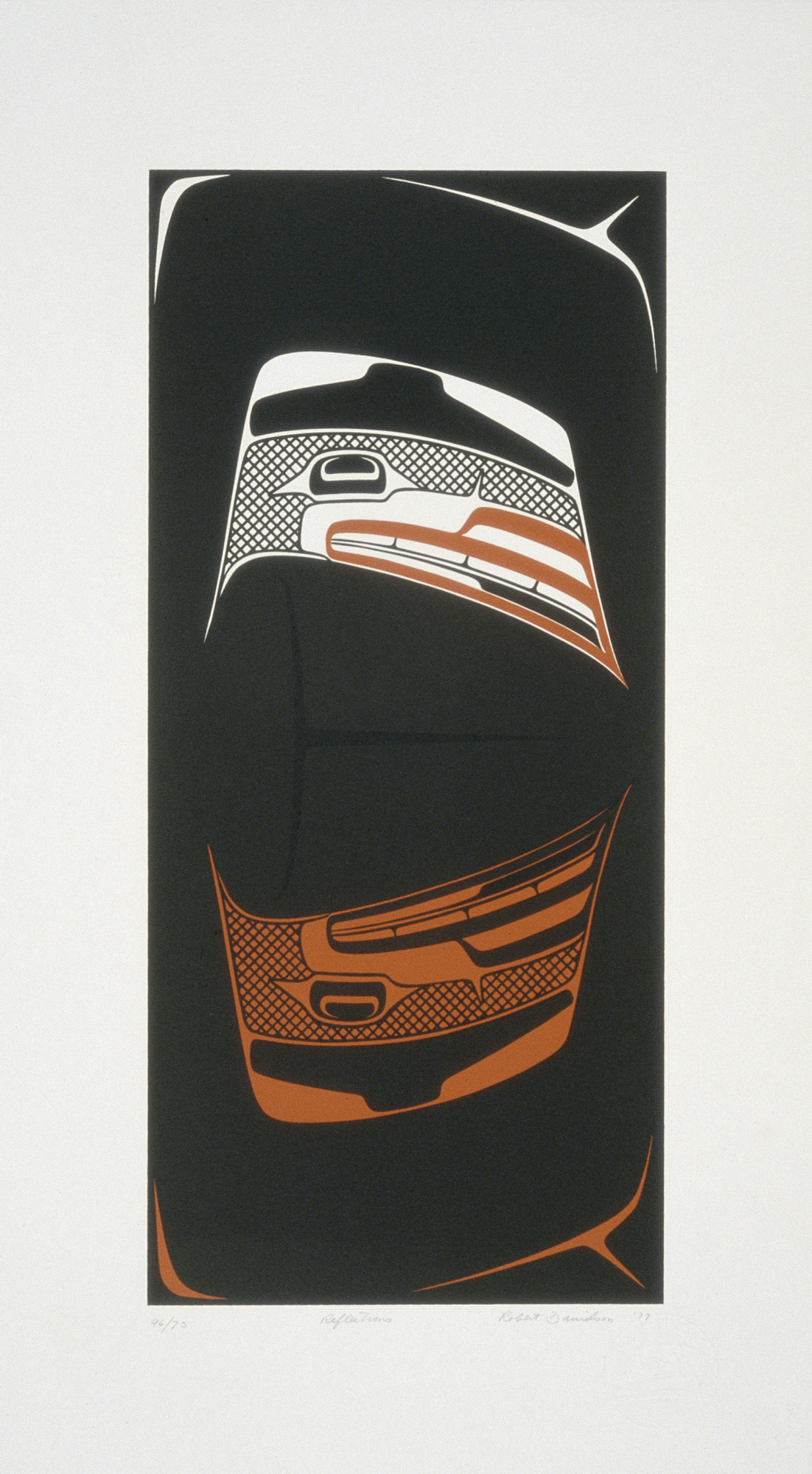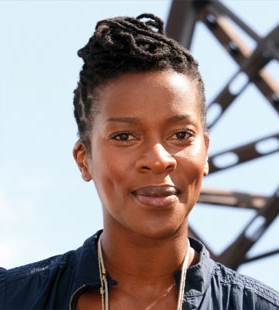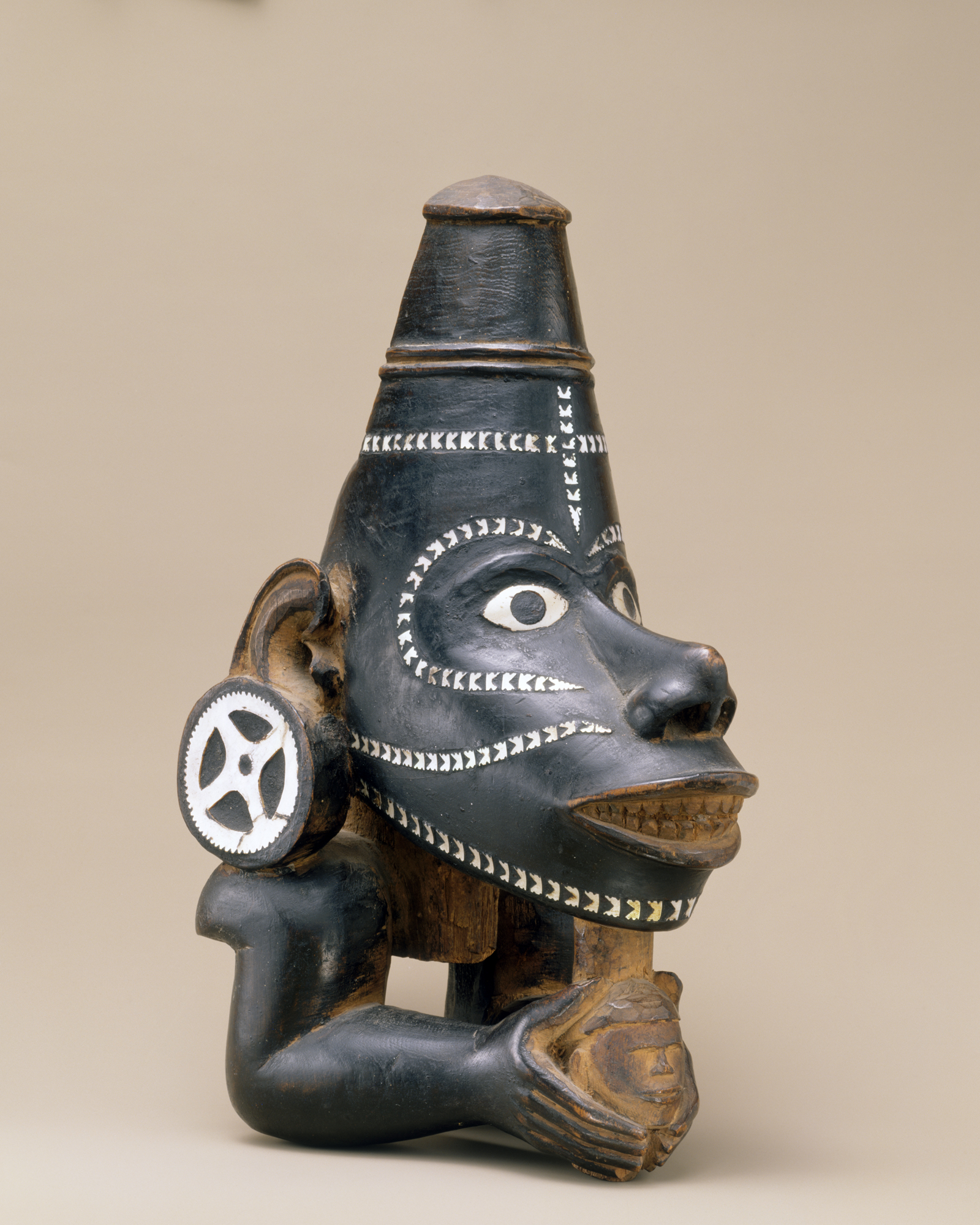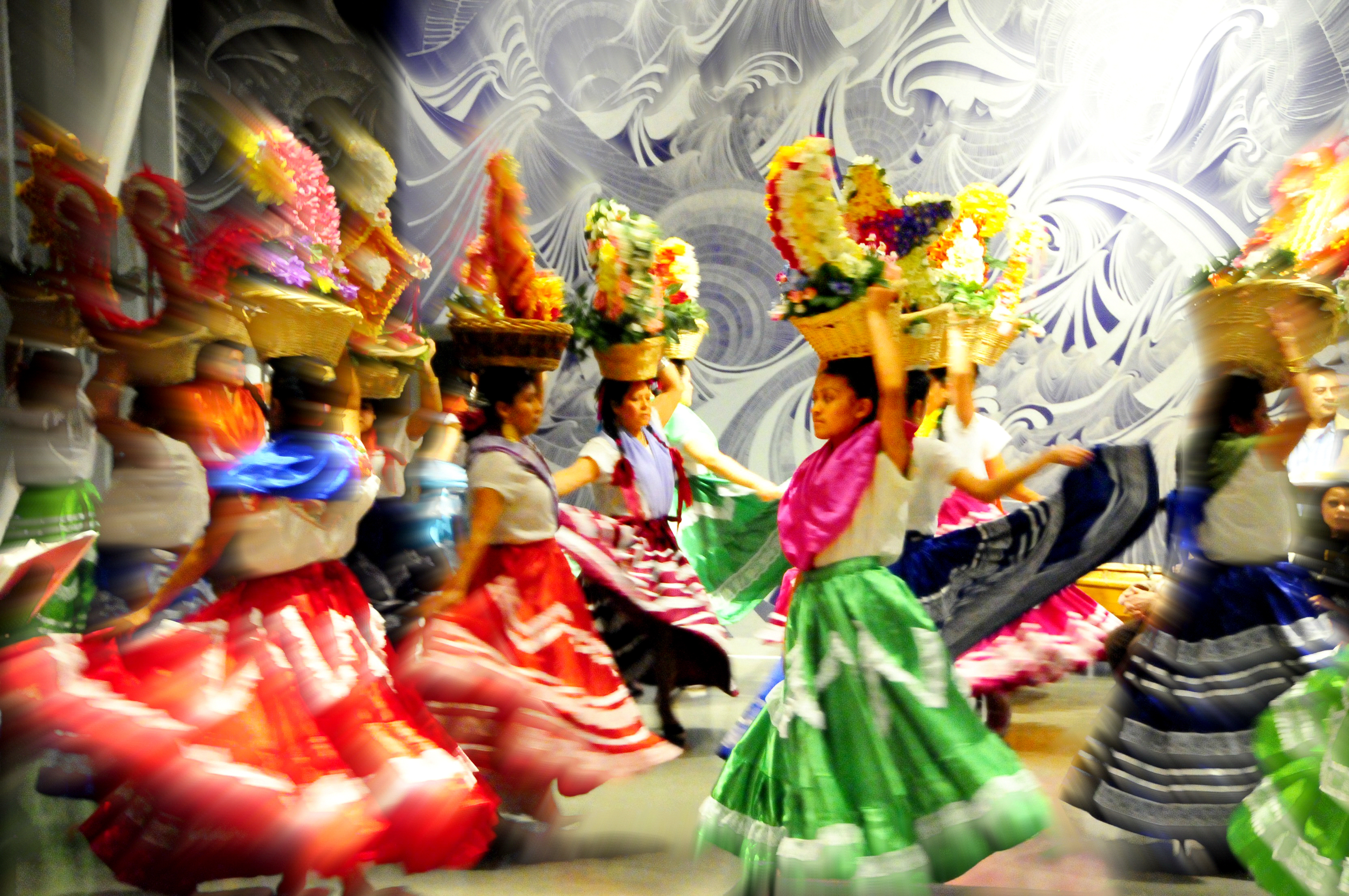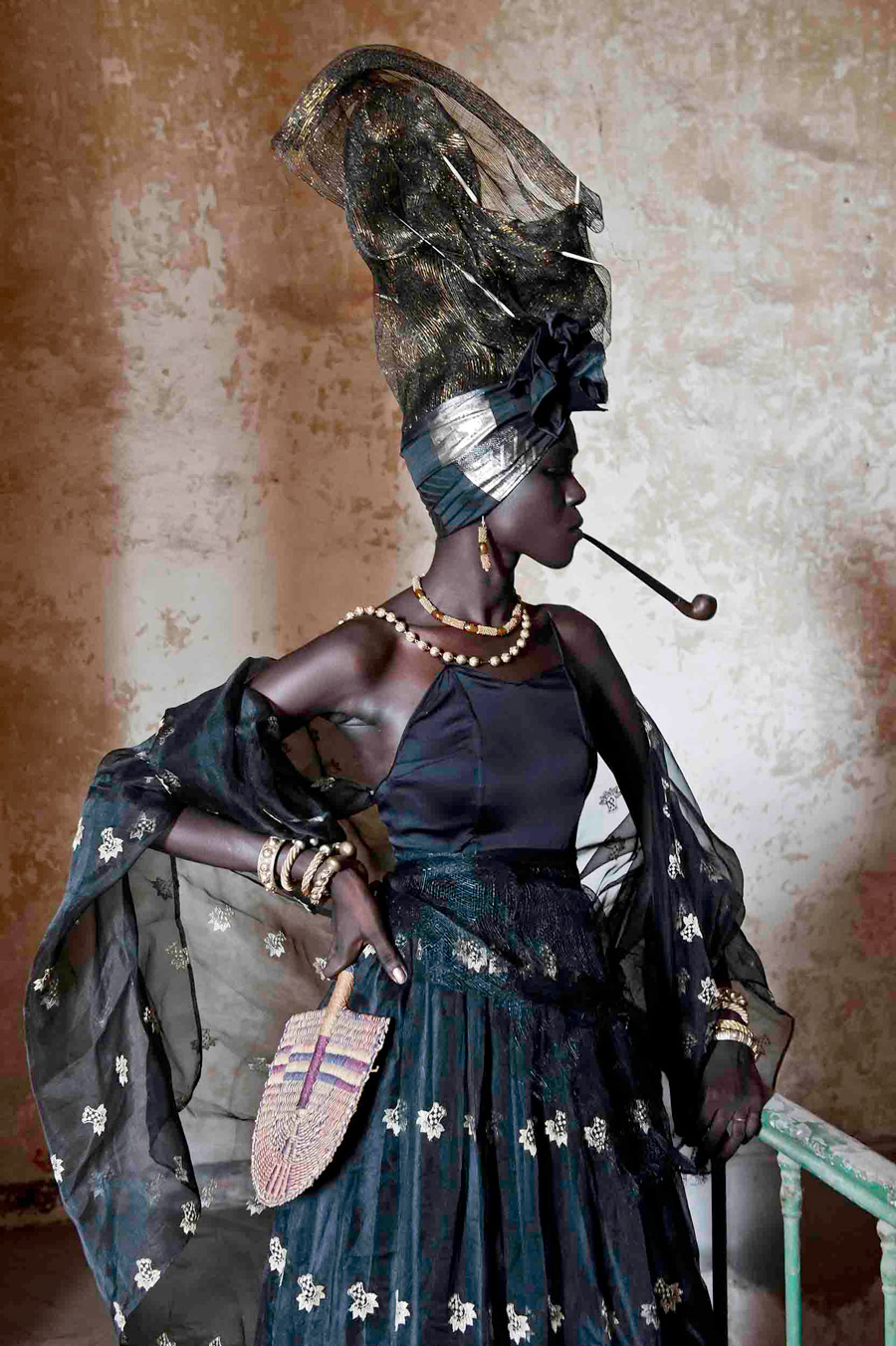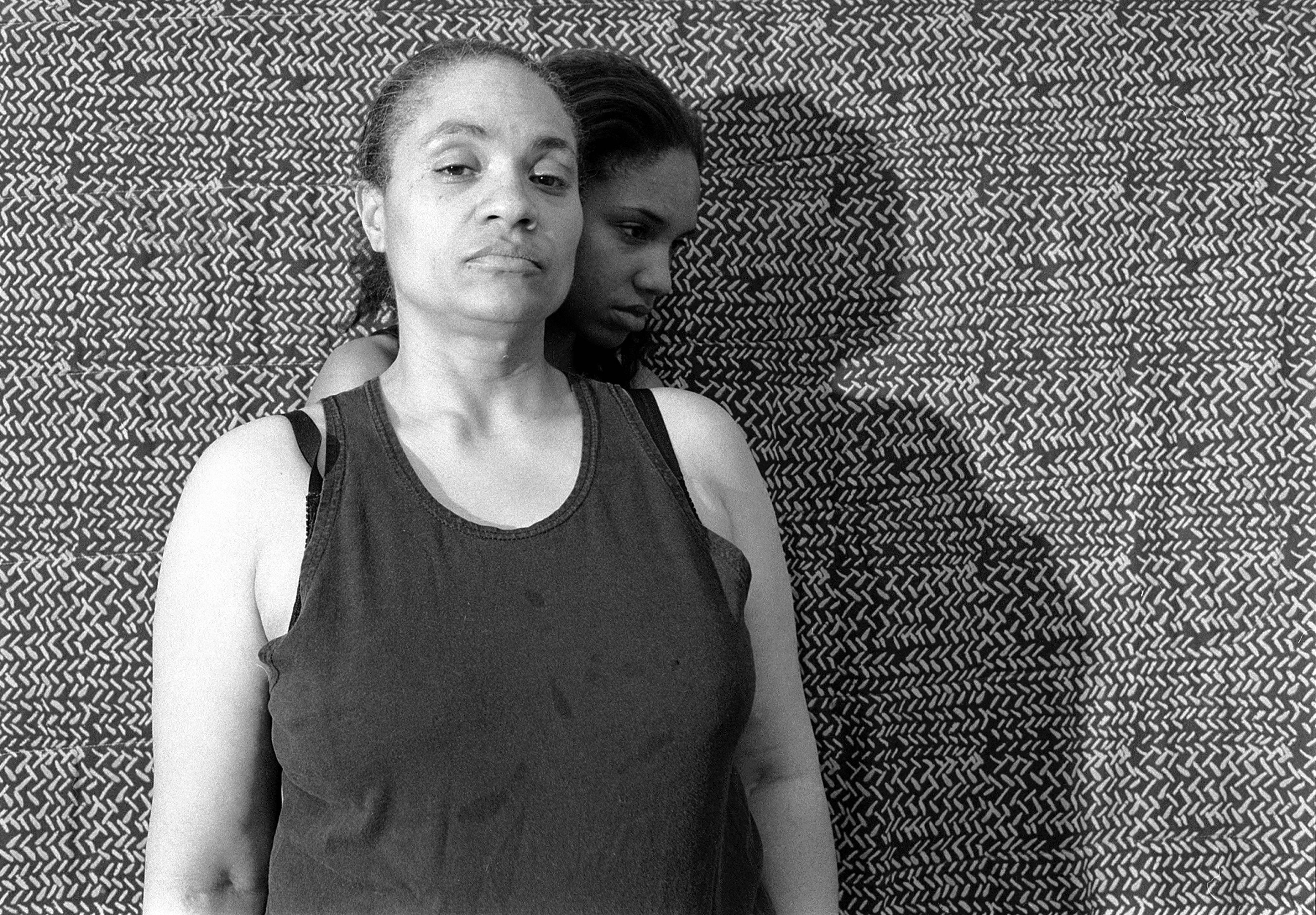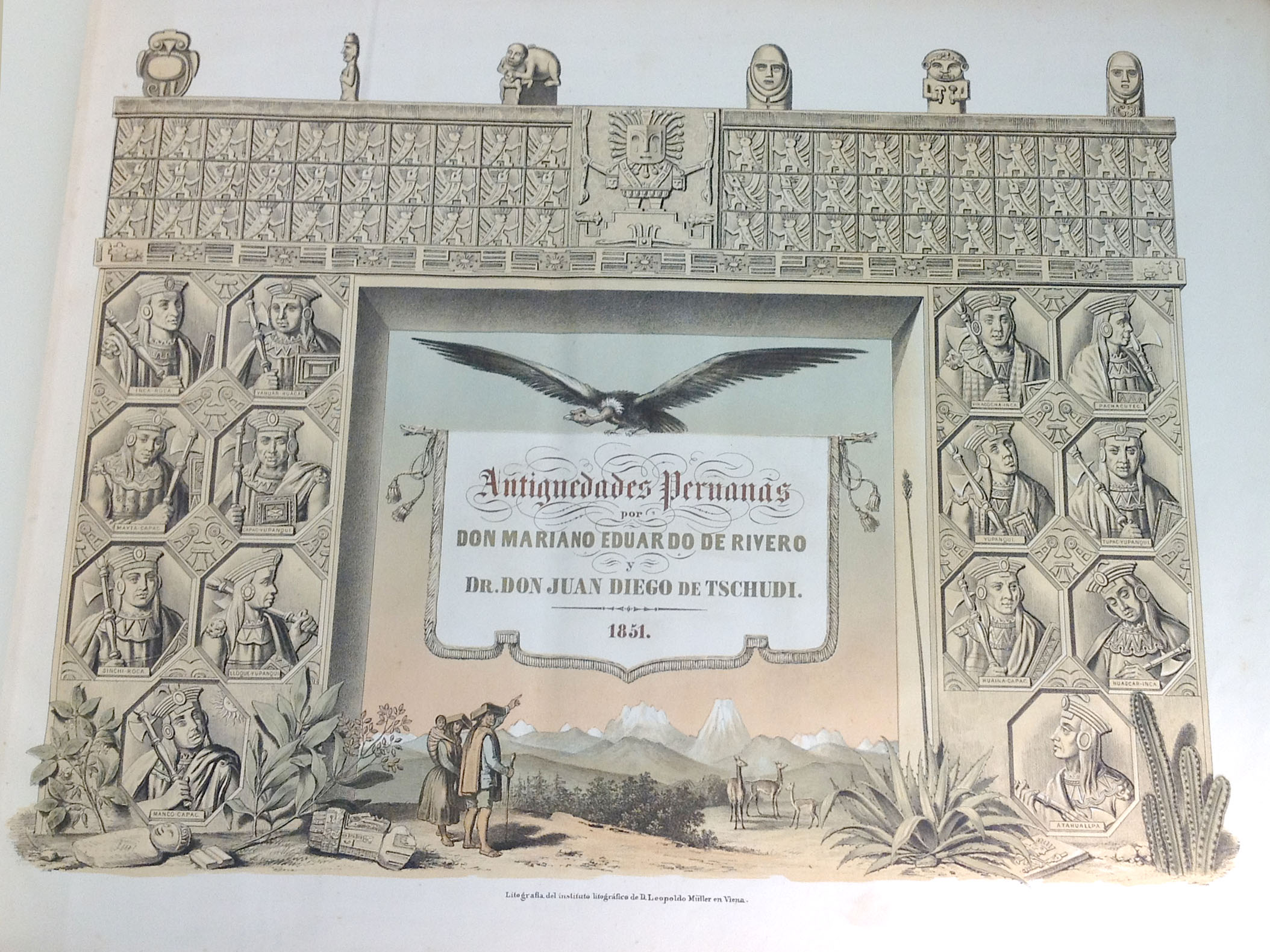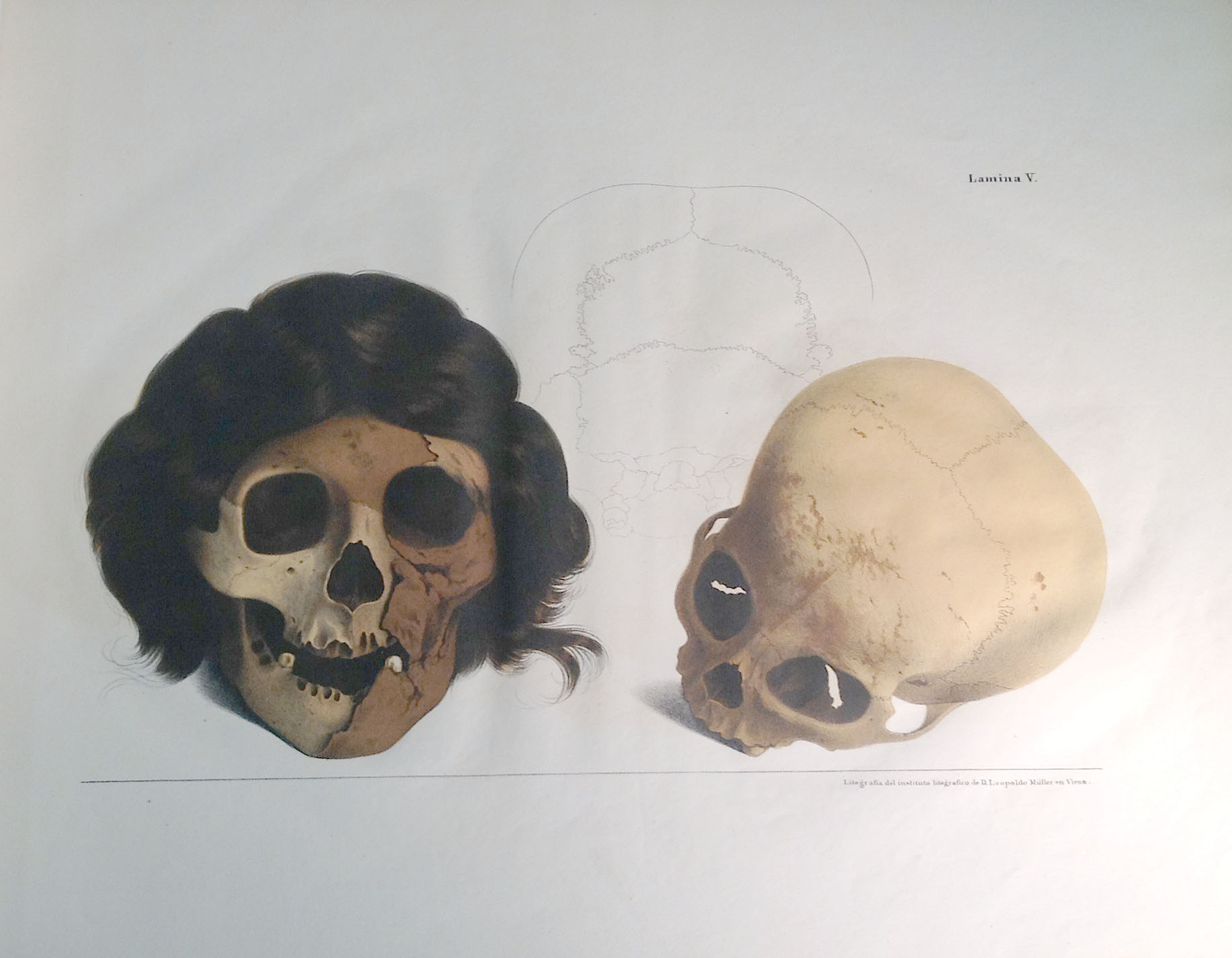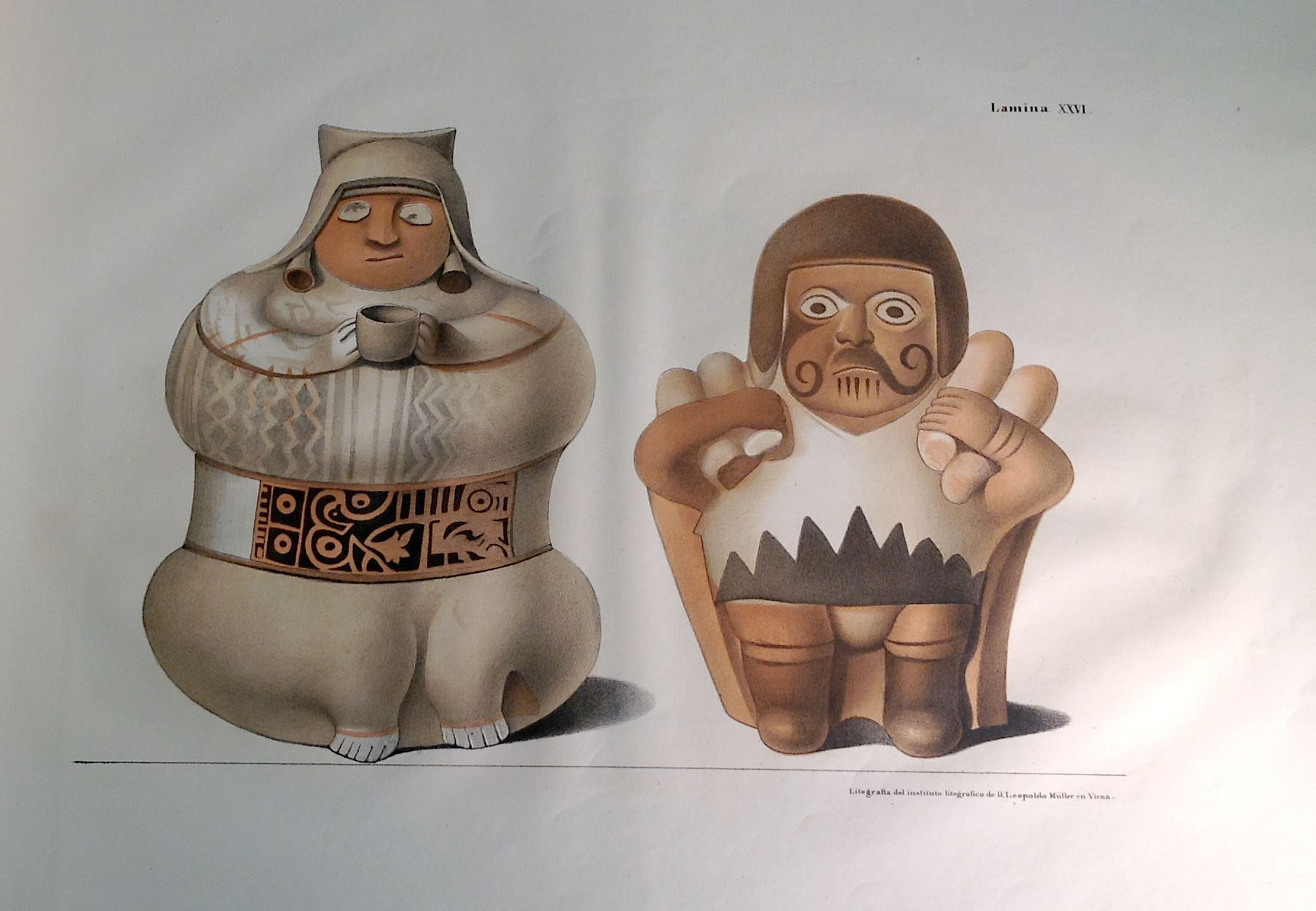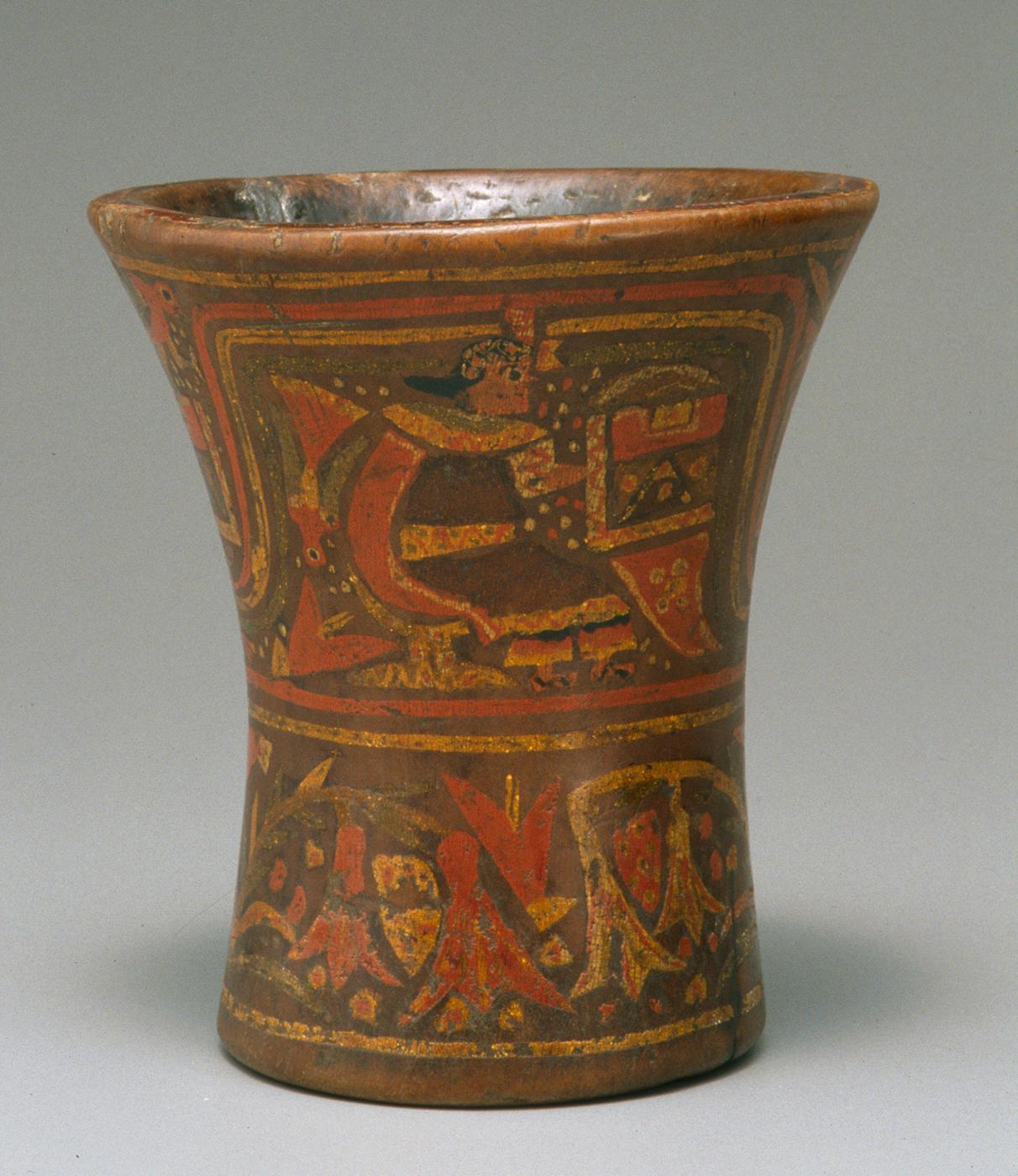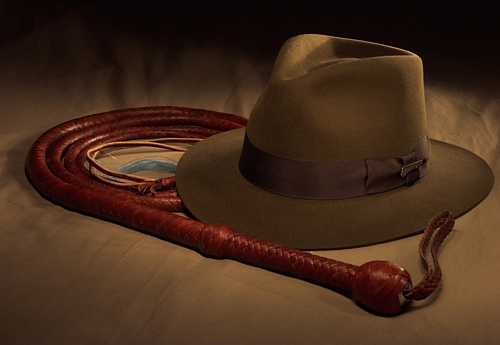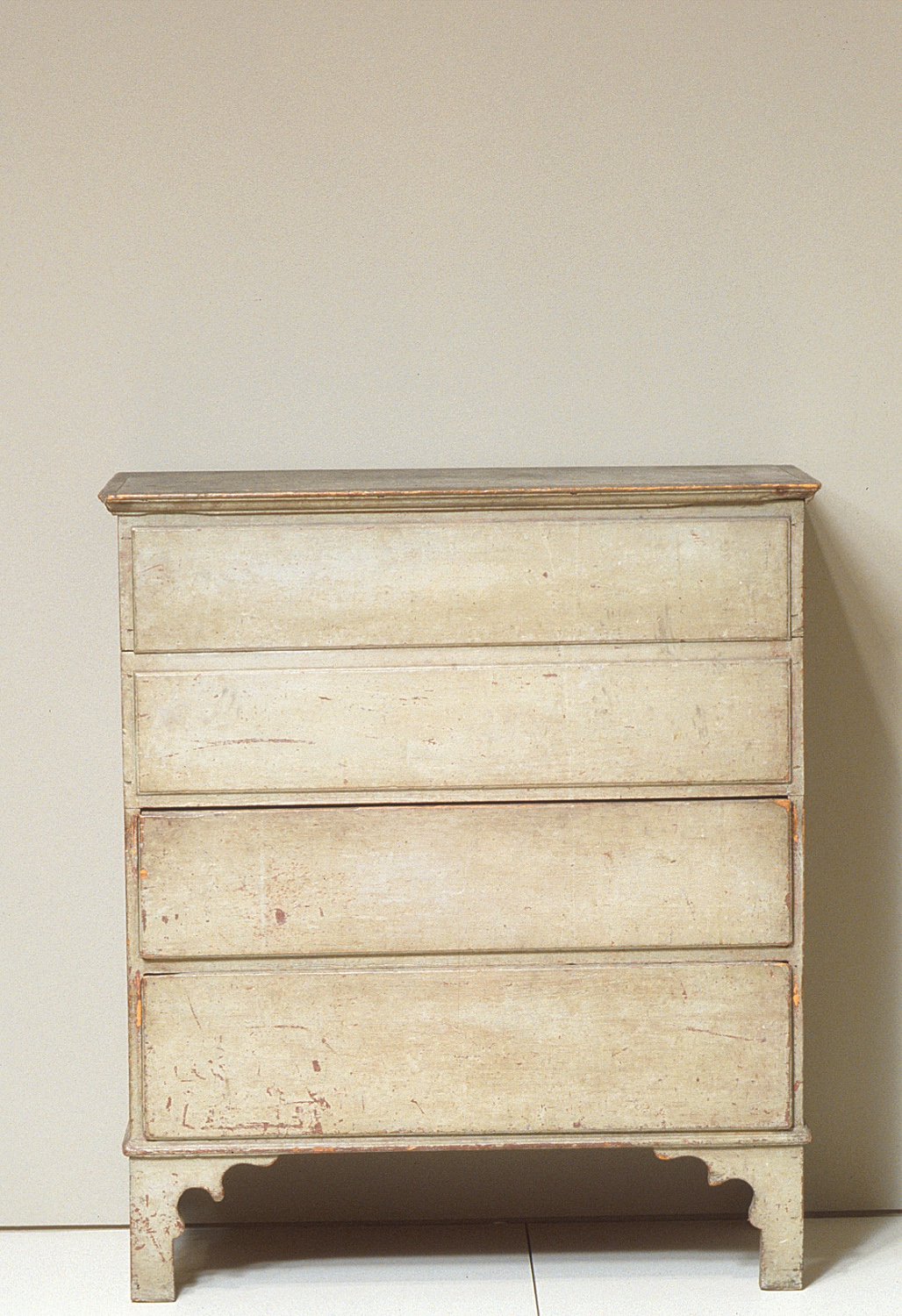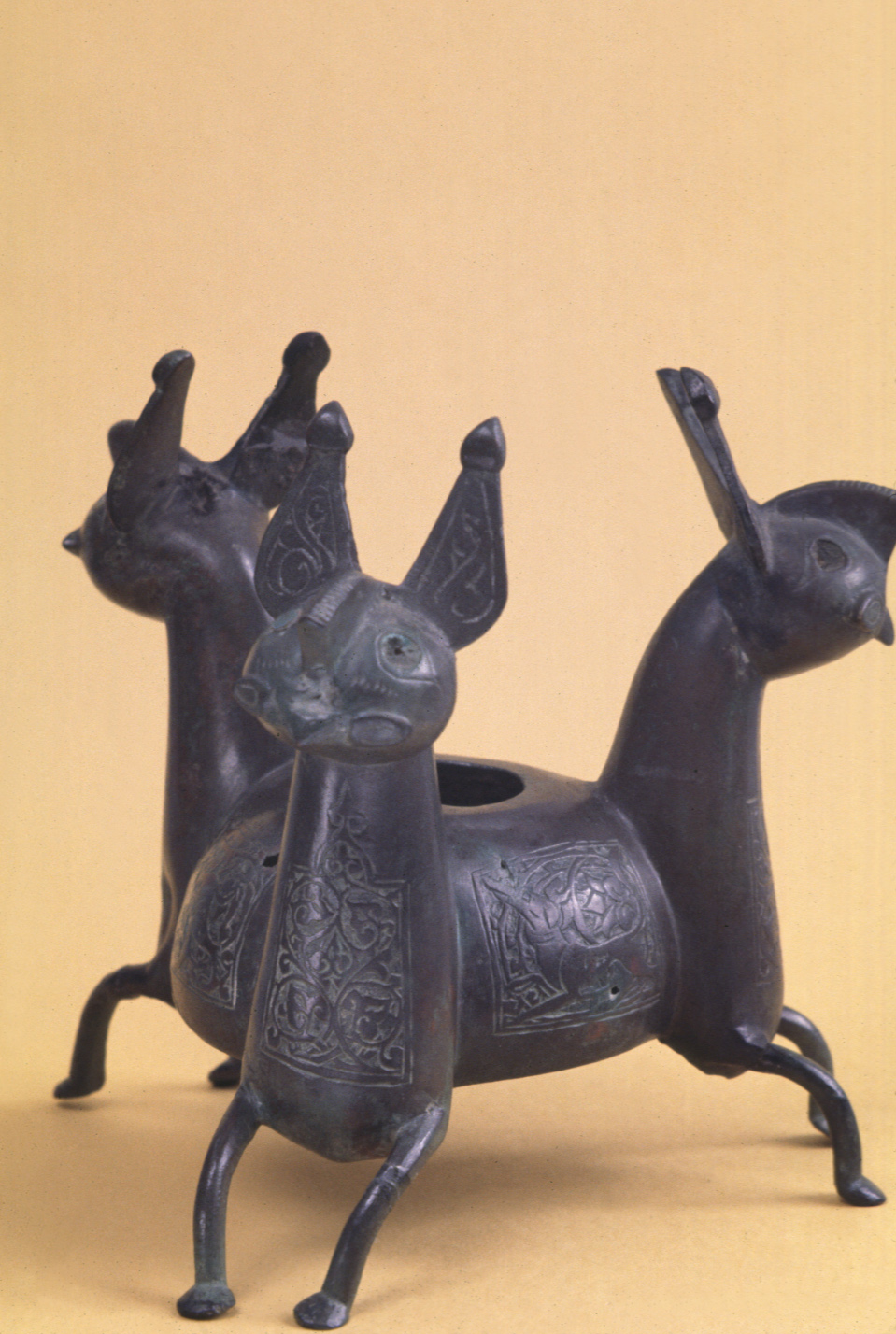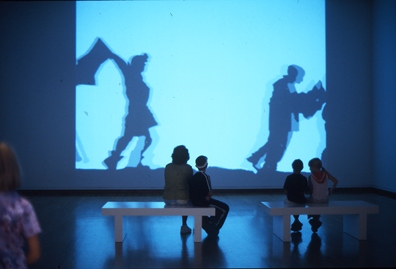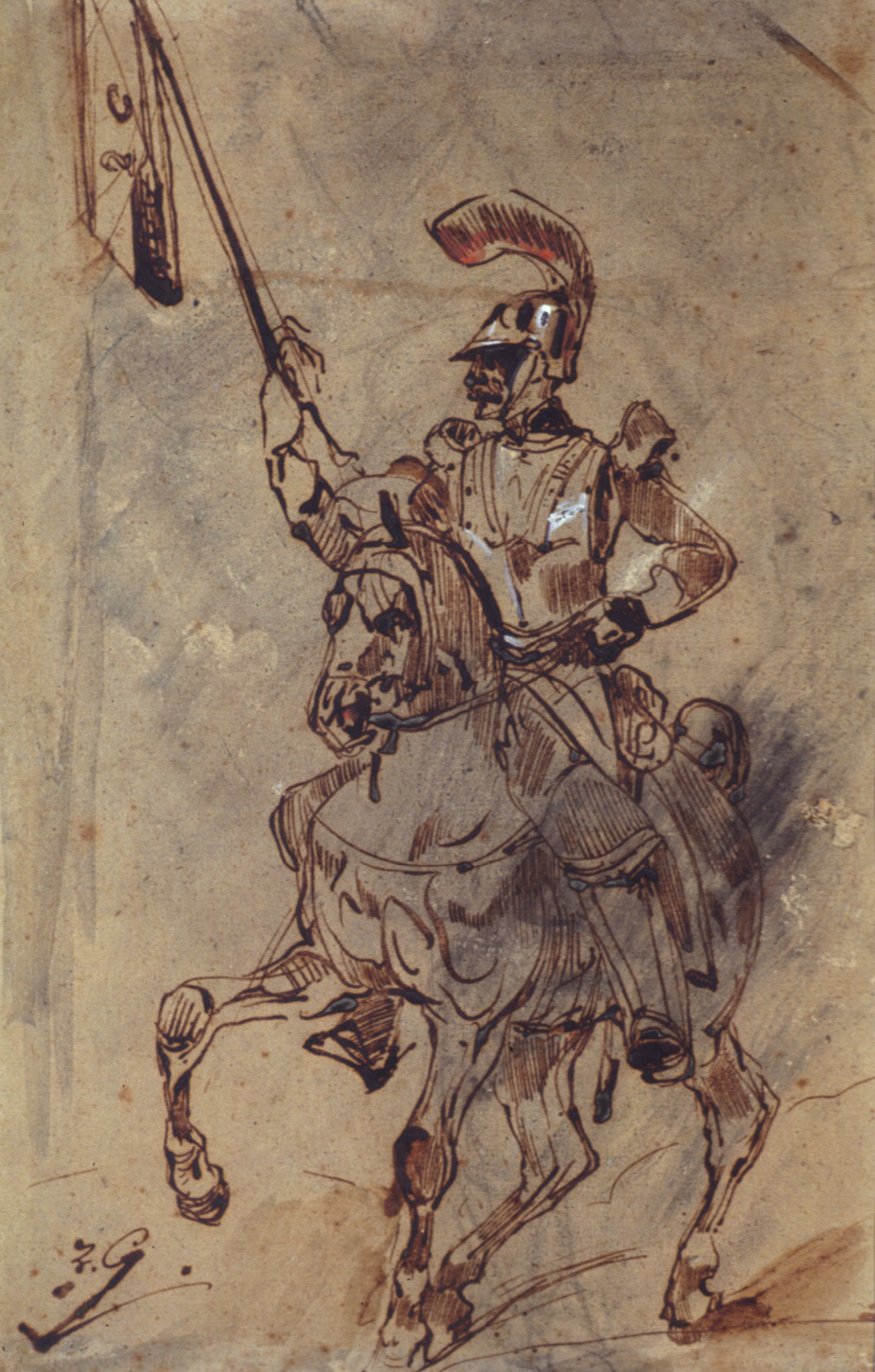Finding Miró: Paris
Join special projects intern Gabriela Ayala as she travels in Miró’s footsteps through Paris. Then, experience Miro at the Seattle Art Museum’s current special exhibition Miró: The Experience of Seeing on view through May 26, 2014.
Paris, France
It is fifteen minutes until landing in Paris, and the clouds mean serious business. The fog surrounding the Paris airport is hiding any possible knowledge of when the airplane might touch the ground. Before expected, the plane touches the surface of France and the compact fog is not allowing me to see any of the wonder it is hiding. A forty-five minute drive leads me to the center of Paris where no weather can stop the activity of cars moving and people leisurely drinking coffee, shopping, and gawking at the beauty that is Paris. All the architecture you see is ornate and dazzling. There are buildings of all different shapes, colors, and sizes with decorative balconies made of elegant swirls of iron. I try to make note of how old the structures around me are to get an idea of what Miró was surrounded by when he lived here. Miró arrived in Paris for the first time at age twenty-seven where he met Pablo Picasso and would later live and work in a studio neighboring poet André Masson. Paris was a hot spot for artists and poets and Miró was a part of that scene to an extent. He always tried to keep himself a little separated from the groups that formed because he never wanted to loose his individuality and independence. This last part of my inquiry into Miró is initially going to be different than everything else I have seen. Up to this point, I have visited foundations focused solely on Miró, making it a bit easier to gain visual and written knowledge. Now for Paris, I have done a precursory investigation into where Miró lived, worked, and the streets he may have strolled upon.
Saturday, 8:00am
I strap on my trusty, now worn, leather boots and am off to face the rain and find Miró in Paris. I plan my journey on the map so I can make a nice circle around the city and eventually find myself back at home base, the Opera House. First stop is rue La Boëtie, where Galerie La Licorne used to exist. This gallery is where Miró had his first solo exhibition. I do not have an exact number for this absent location so I stroll down the street, looking for a plaque that could clue me into where this gallery could have been. What I end up finding is a plaque that showed me a different gallery that lived on this same block. This gallery was owned by French art dealer Paul Rosenberg in 1910-1940. He exhibited modern painters like Picasso, Braque, Matisse and Lêger. Miró met Rosenberg through Picasso but I am unsure if he ever showed at this particular gallery. I continue on to the UNESCO building that has two of Miró’s ceramic murals inside. I arrive to a building encircled by a shorter stonewall that is supporting a metal fence. Sadly, I run into a security guard who very urgently asks me to leave and informs me that the UNESCO building cannot be visited today. This means I cannot get a photo of Miró’s mural but I have to accept my defeat and move on to the next checkpoint. Next on the list is 45 rue Blomet.
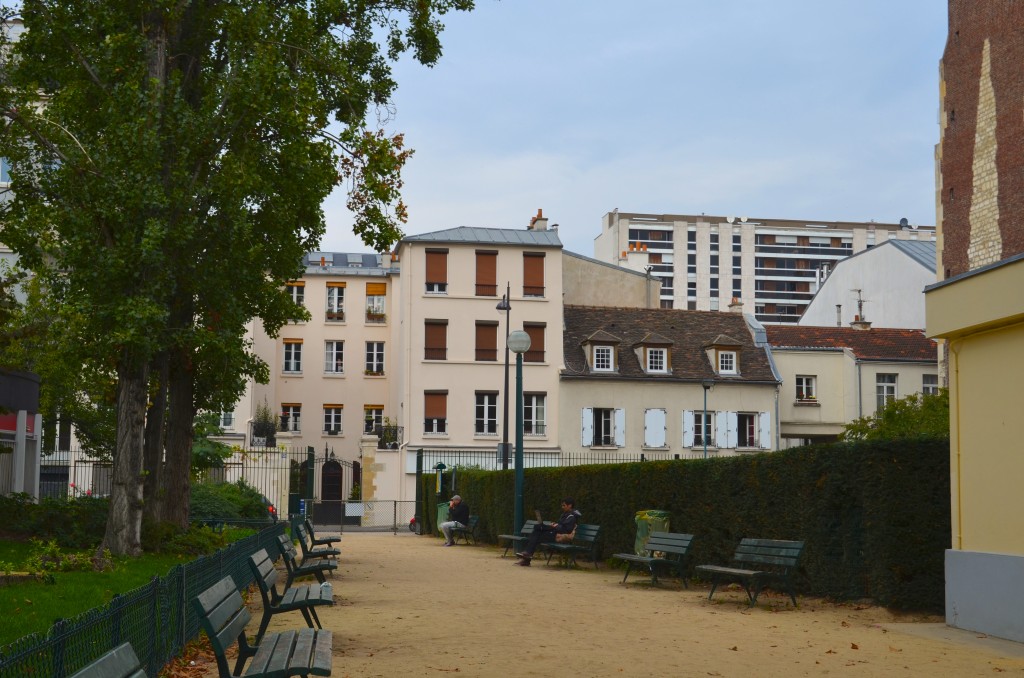
Square Blomet, a public park where Miró’s studio at 45 rue Blomet once stood. Photographer: Gabriela Ayala
This is the location I am most excited about. 45 rue Blomet marks the spot that was Miró’s first studio in Paris and where he made now famous works and was surrounded by many famous artists and poets. It was a location where many surrealist artists and writers would meet up. rue Blomet curves off of the busier main street, eventually becoming parallel as the numbers on the buildings go up. I am counting to myself 32, 35, 40, 42, and finally I find 45 but it is not what I would have imagined. In place of where Miró’s studio was there is now a small park, Square de l’Oiseau lunaire (Square of the Lunar Bird), inaugurated in 1969. The plaque at this park details the many artists who had a workshop in this location and hosts the sculpture Miró donated in memory of 45 rue Blomet. Even though I was really looking forward to seeing a building in this location where I could get a very real sensation of what this meeting and work place looked like, the fact that there is still a gathering place for people to enjoy shows me its ongoing importance. It is beautifying and honoring a location where many artists felt inspired to come together and create, and that power still lives there. After taking the time to sit on a bench and take in everything I could, I decided to move on to the one location I know still exists.
Galerie Maeght is a gallery where Miró had many group and solo exhibitions. It is also a business that has been passed down and is still owned by the Maeght family. It is not difficult to find and I excitedly enter to try to communicate my purpose for being there. Luckily, the lady there speaks Spanish and so I tell her about my project and what I am researching. She then informs me that they have the original catalogs for one of the exhibitions Miró had here. This has to be one of the greatest finds today. I look through the three catalogs she pulls out for me to decide which treasure I would like to take home with me. I decide on the catalog for a show that was during the last twenty years of his life. These catalogs also have printed lithographs by Miró for your own collection. One of the desires Miró expressed was to make his art accessible to the public and this was evidence to that. Anyone who wanted was able to take some of his art home with them in the catalog. I find this to be a very beautiful detail.
My last stop is to find the location where Pablo Picasso painted Guernica in 1937. Guernica was exhibited in the Spanish Republican Pavilion at the Paris Universal Exposition, as was Miró’s painted response to the turmoil of the times, The Reaper . I find myself again venturing into hidden streets with graffiti-decorated walls and narrow uneven roads. Finally I reach a tall building with a gated entrance and luckily another plaque informs me that I have arrived at my desired destination. I am not allowed to enter but knowing this is where an incredibly important piece of work was created gives me satisfaction enough. Guernica and The Reaper were created as political protests against the dictator Francisco Franco and Paris was the perfect location to exhibit them. It was a center where freedom was an idea taken very seriously and innovation was happening every day. People were trying to find themselves and the future and the options were endless. I believe this is what attracted Miró to Paris on a conscious or subconscious level; he knew this was a place where he could be free to create and experiment in a manner that continued on to his last days.
Top image: The Eiffel Tower. Photographer: Gabriela Ayala. www.gabrielaayala.com
